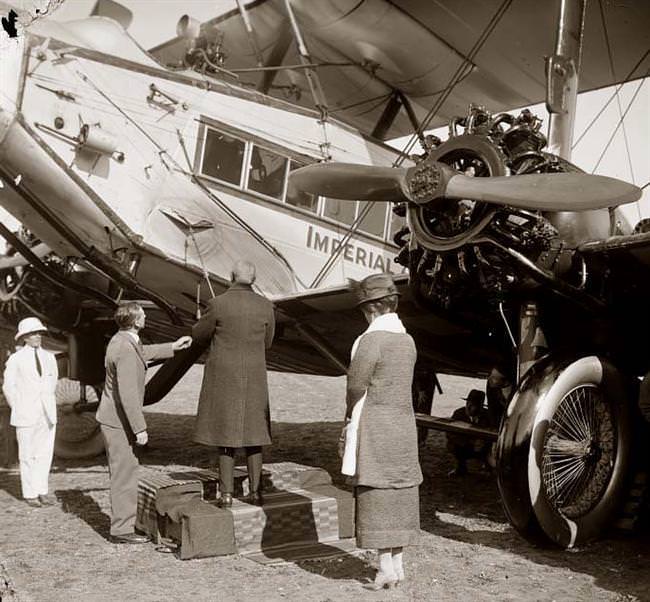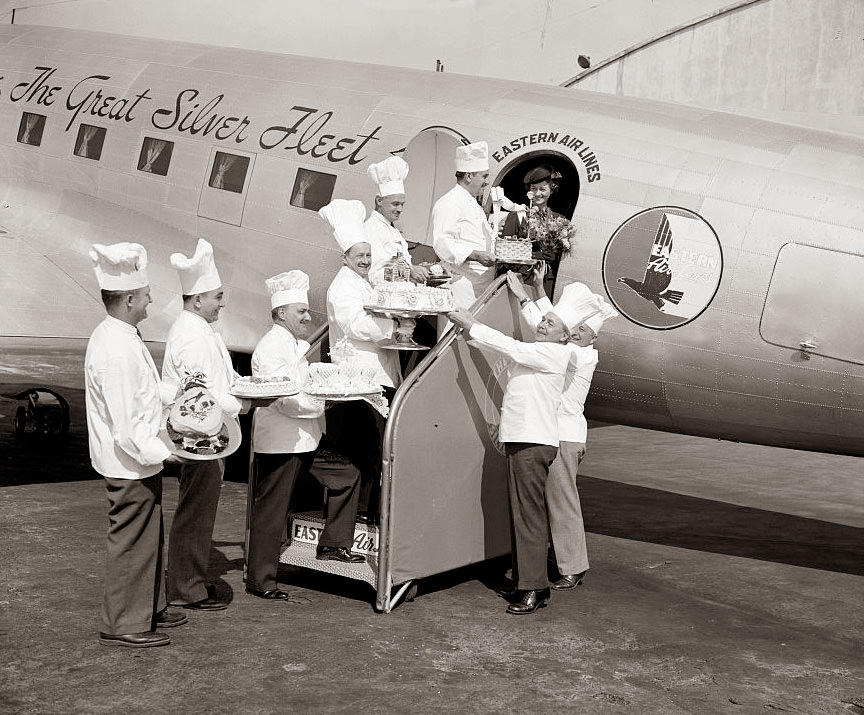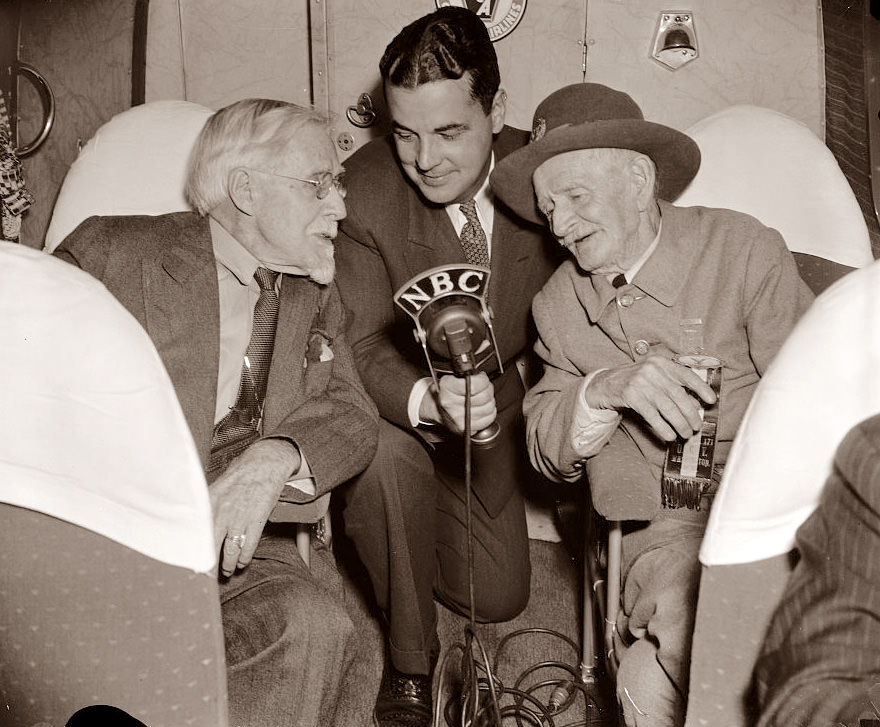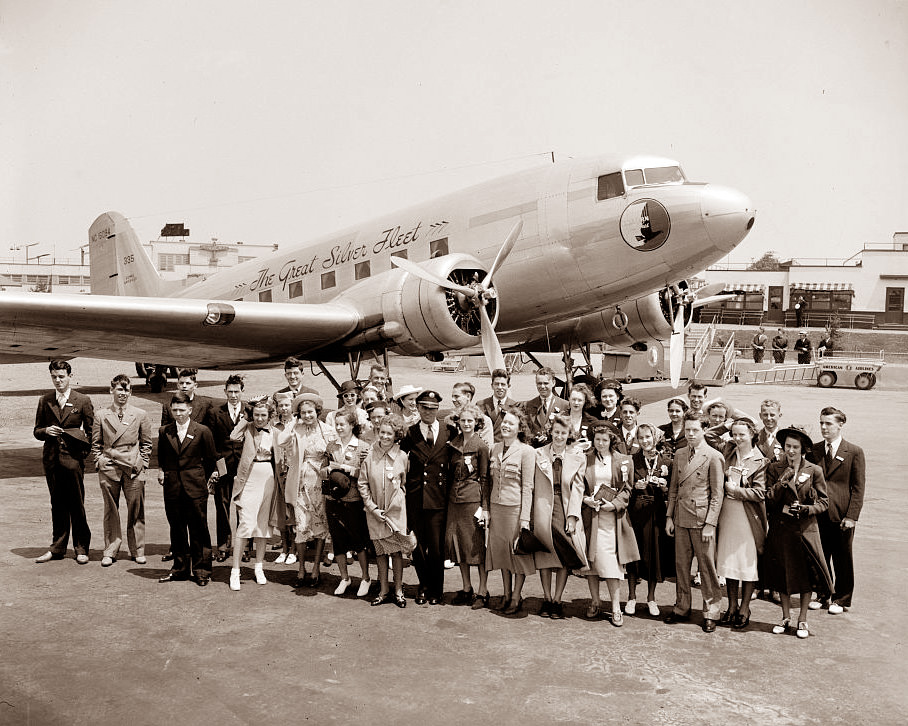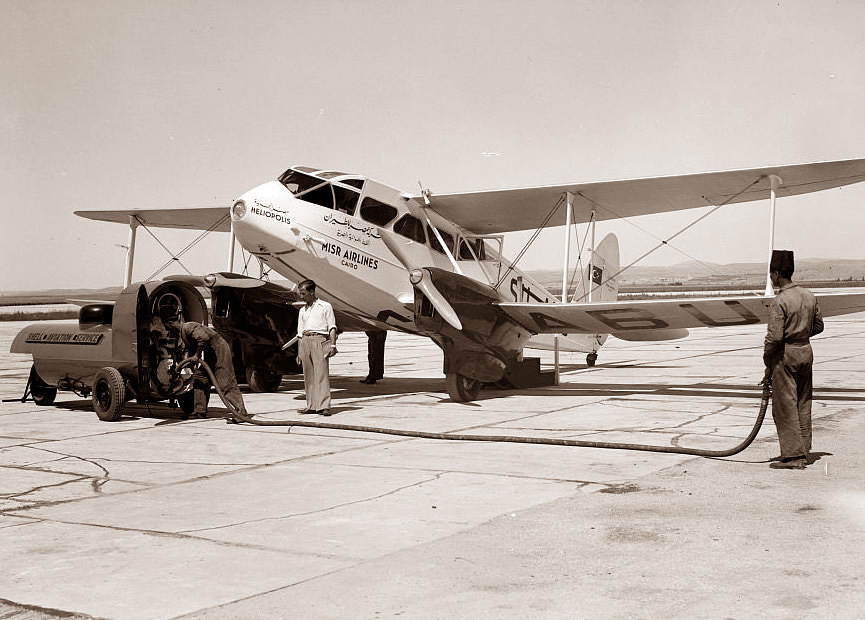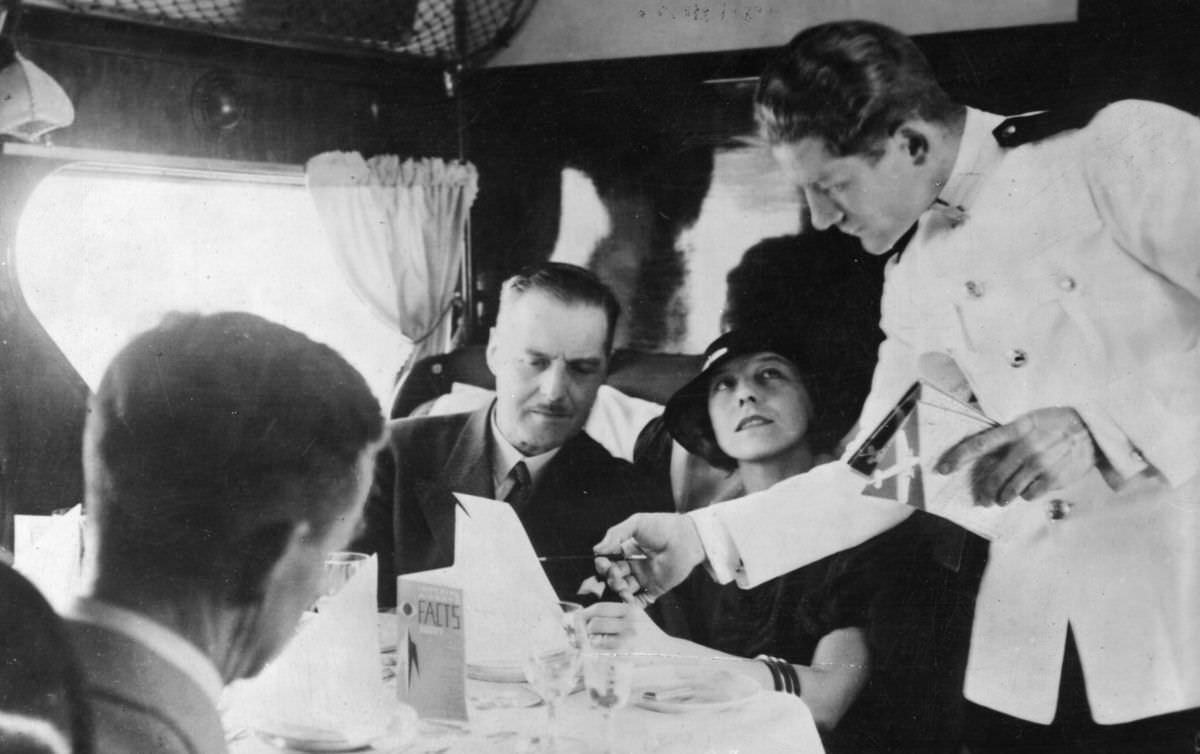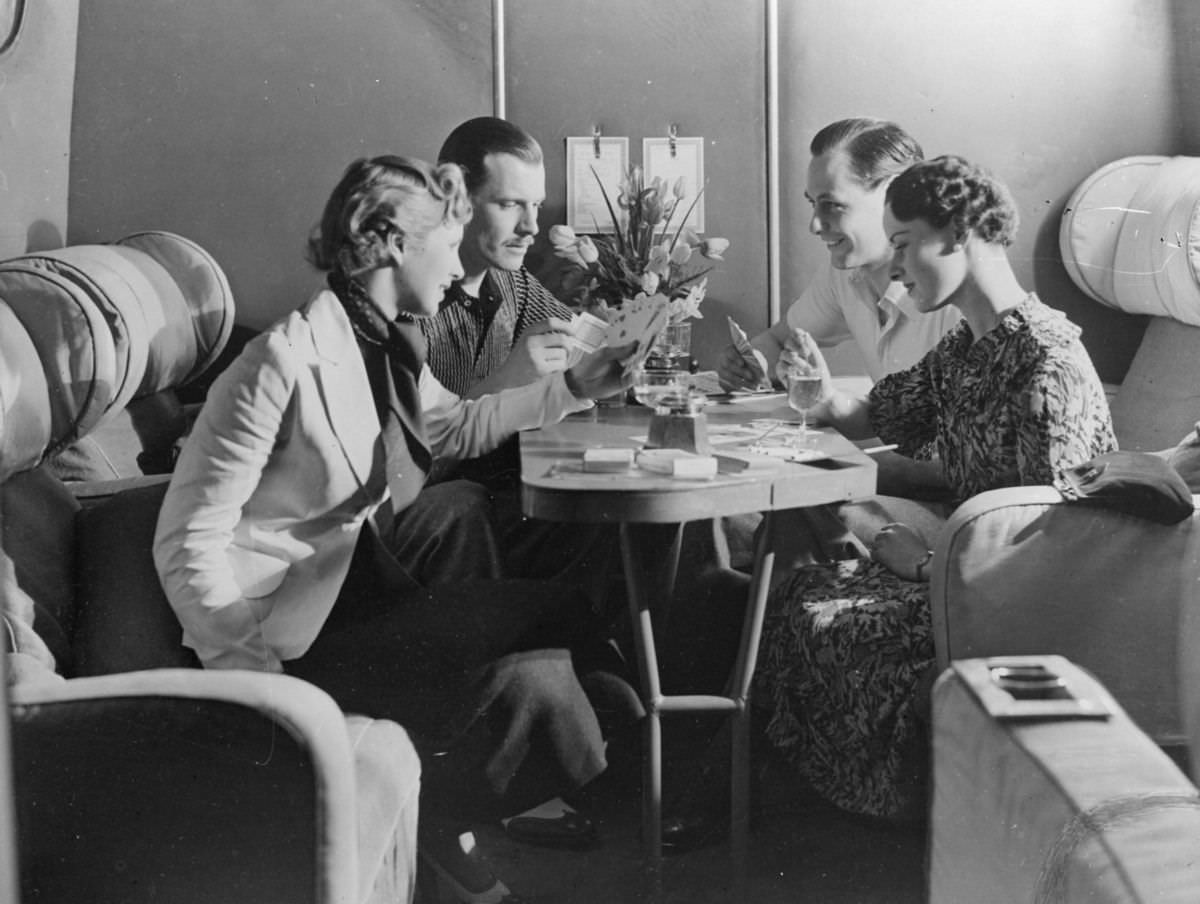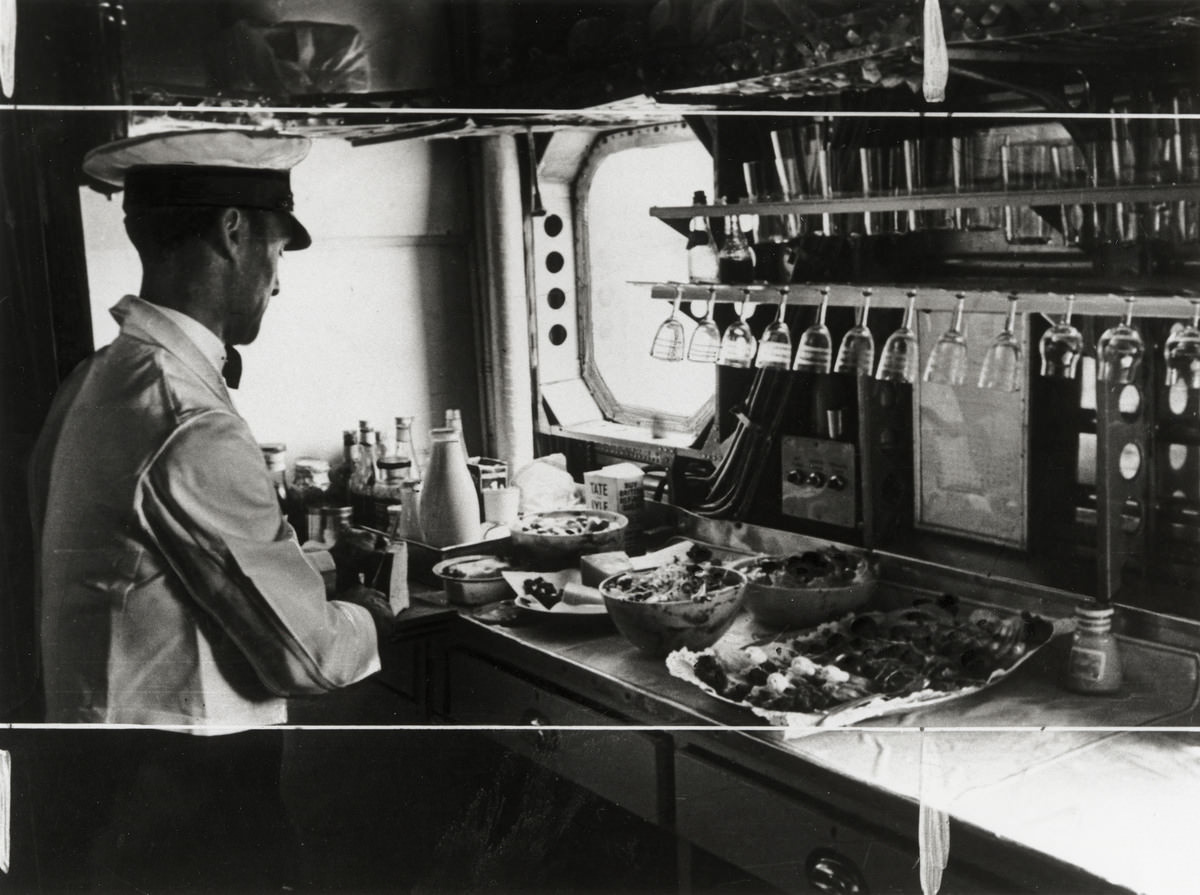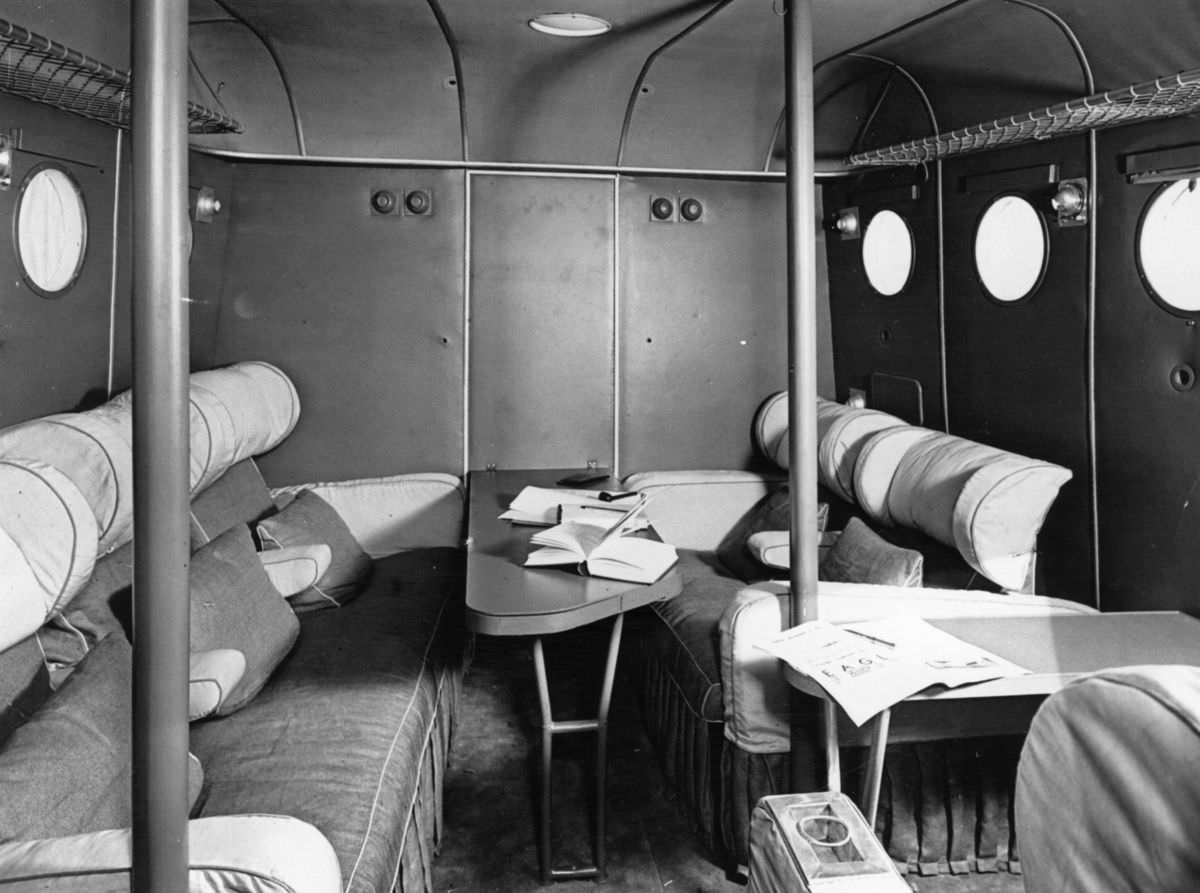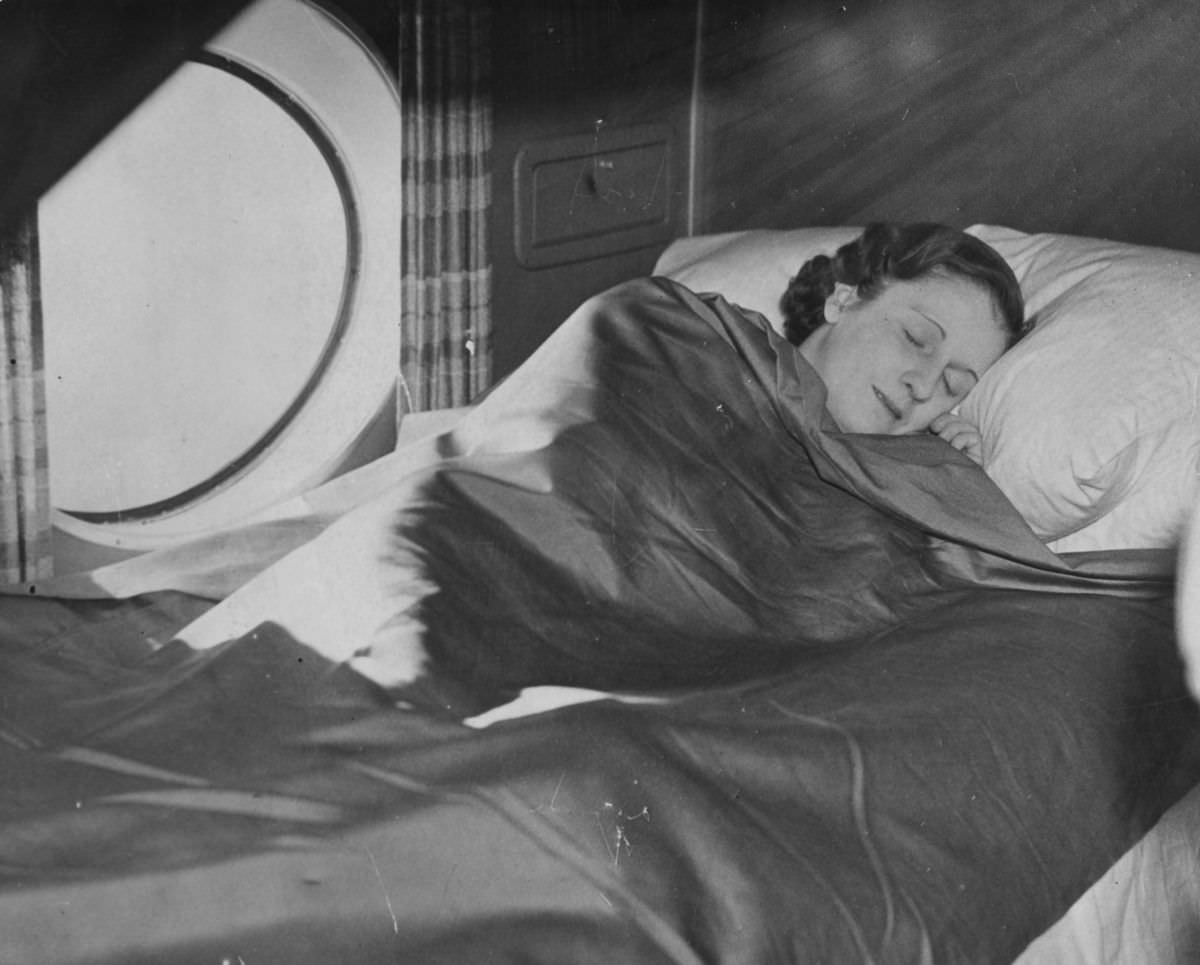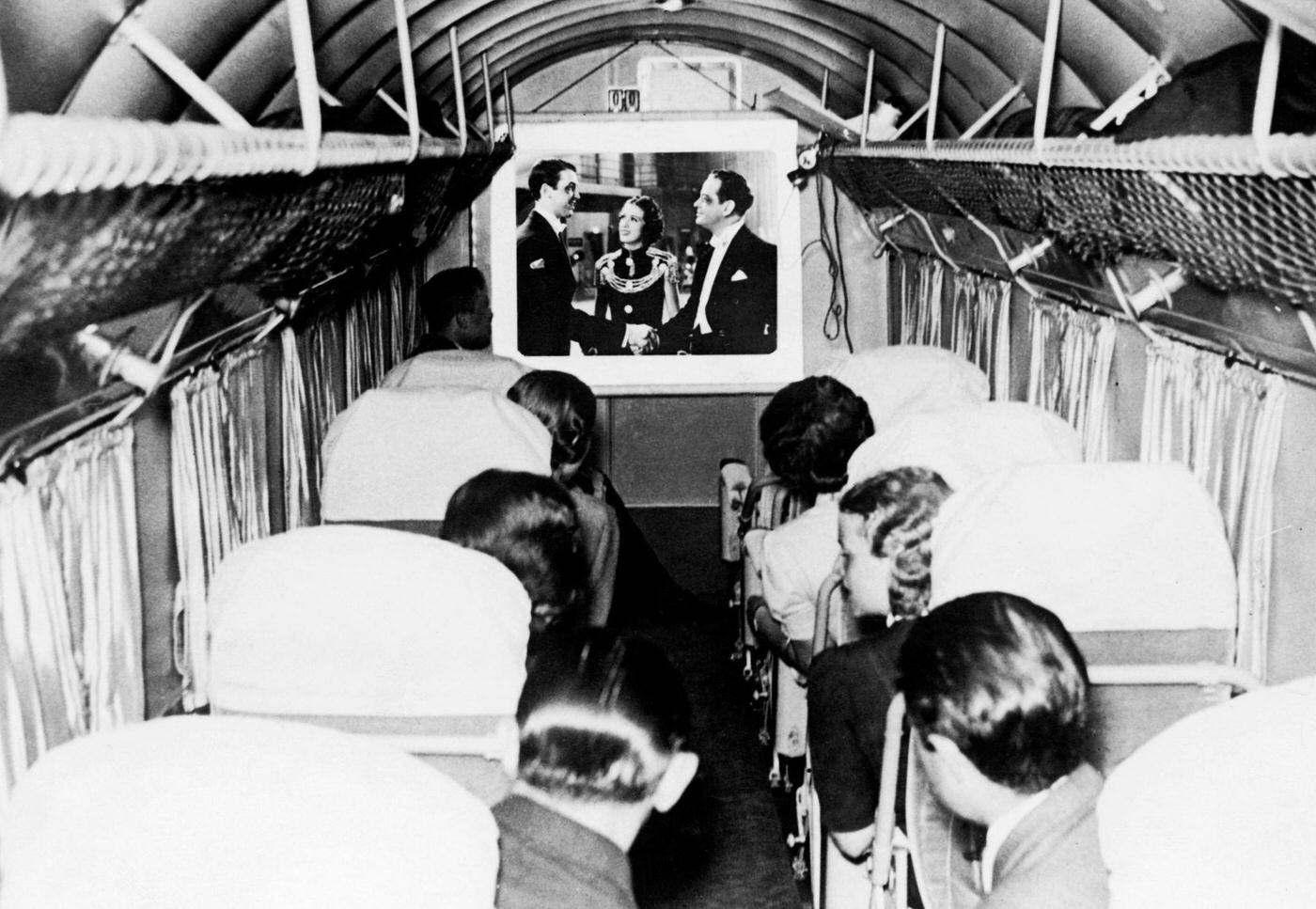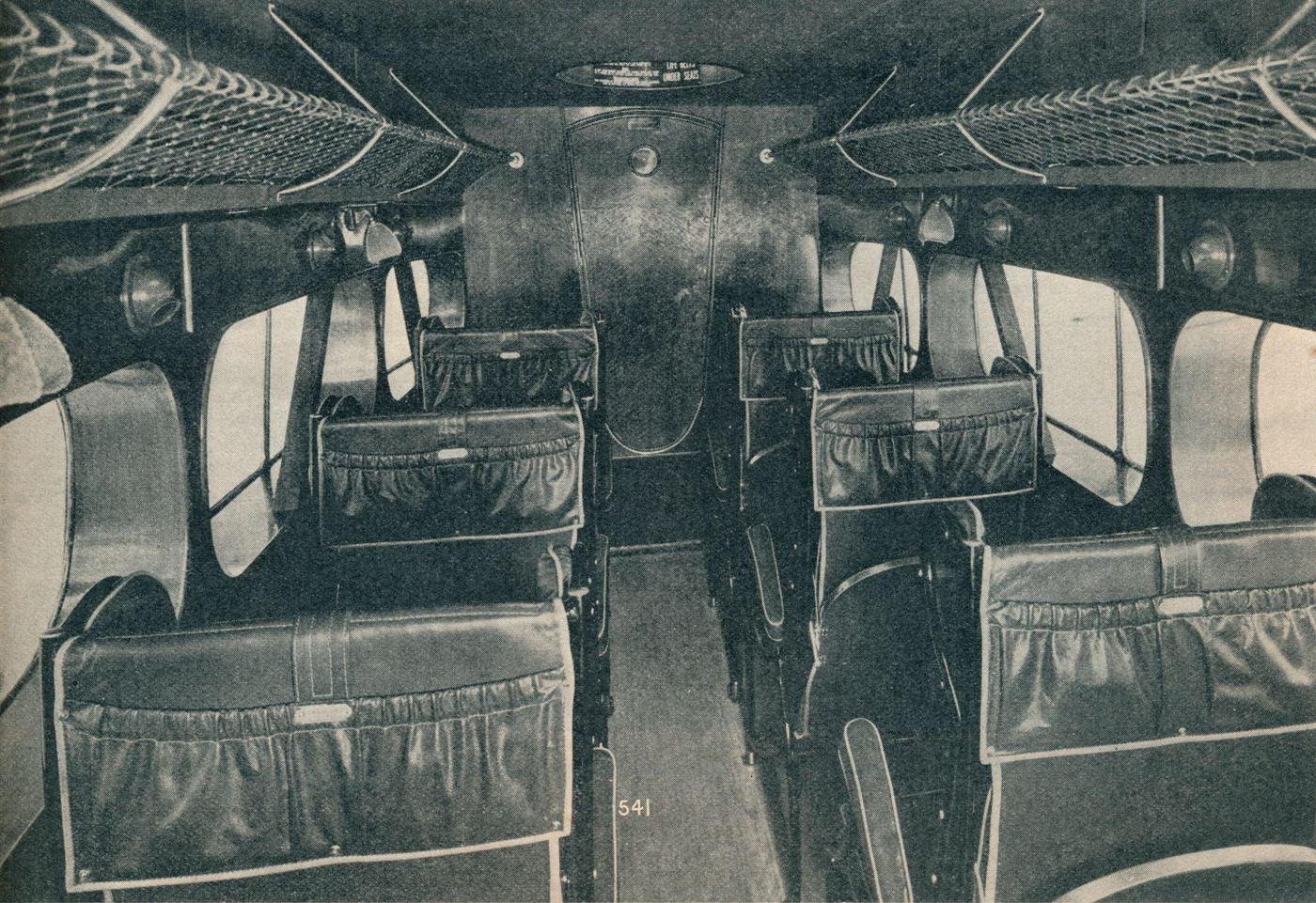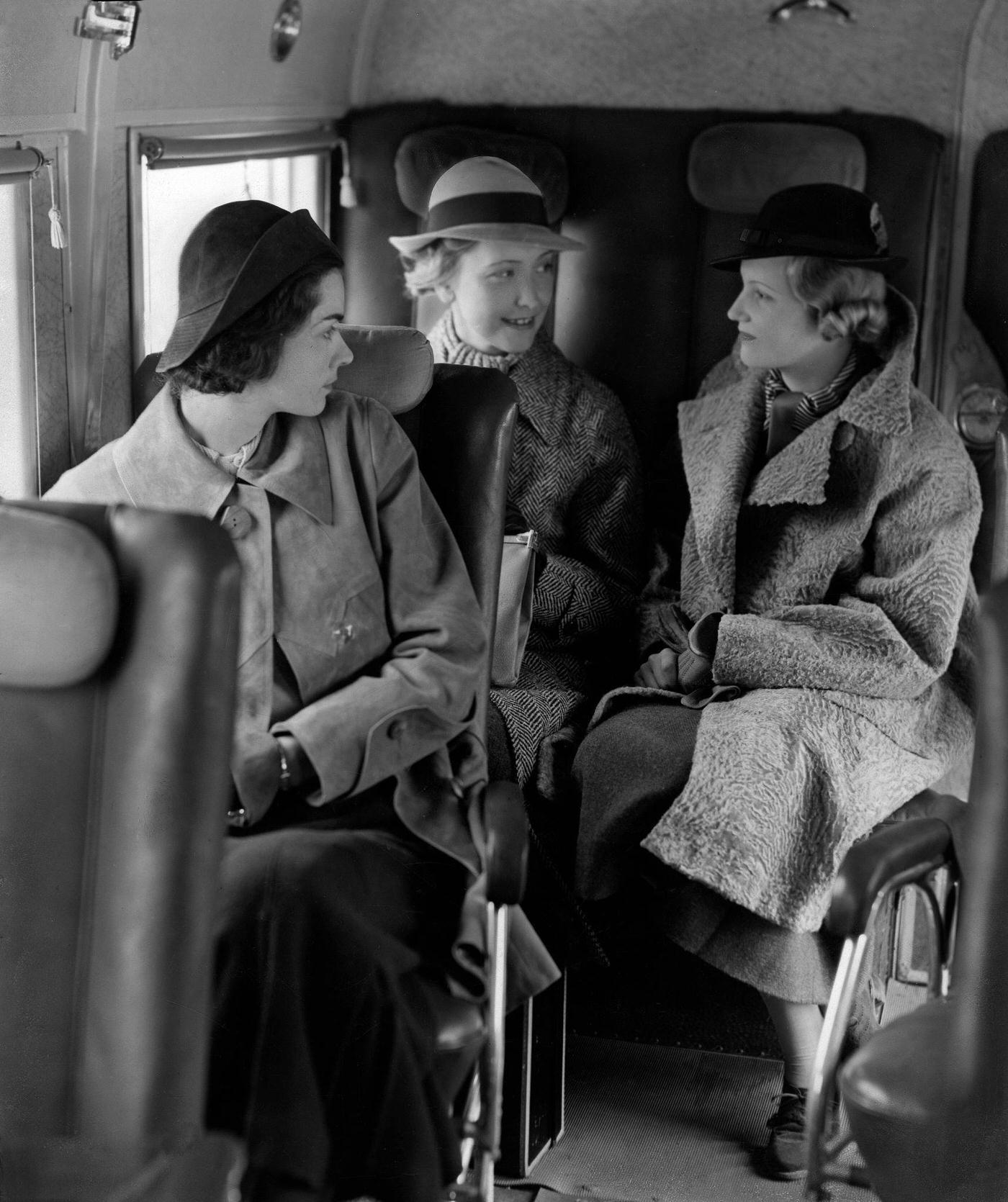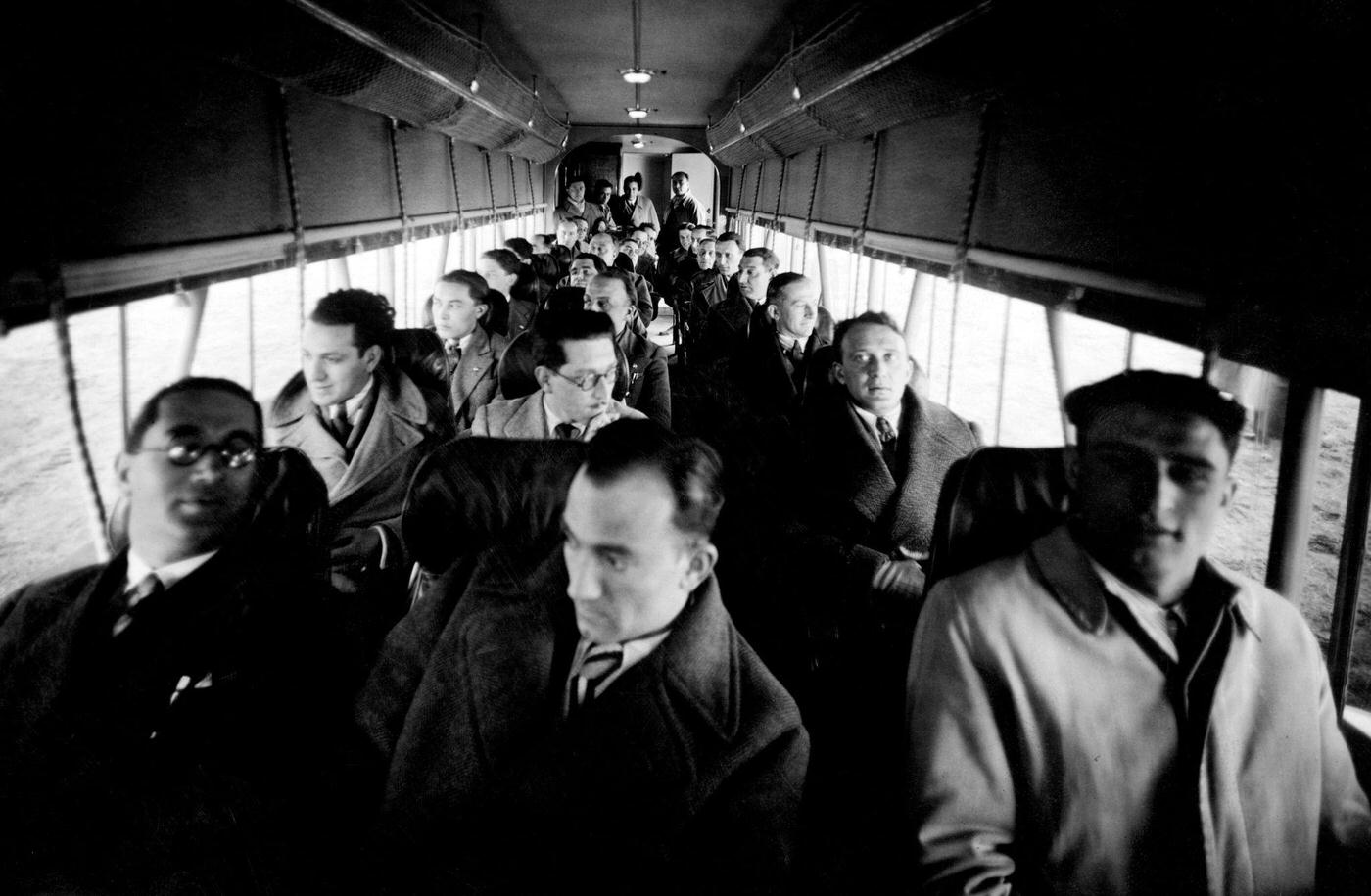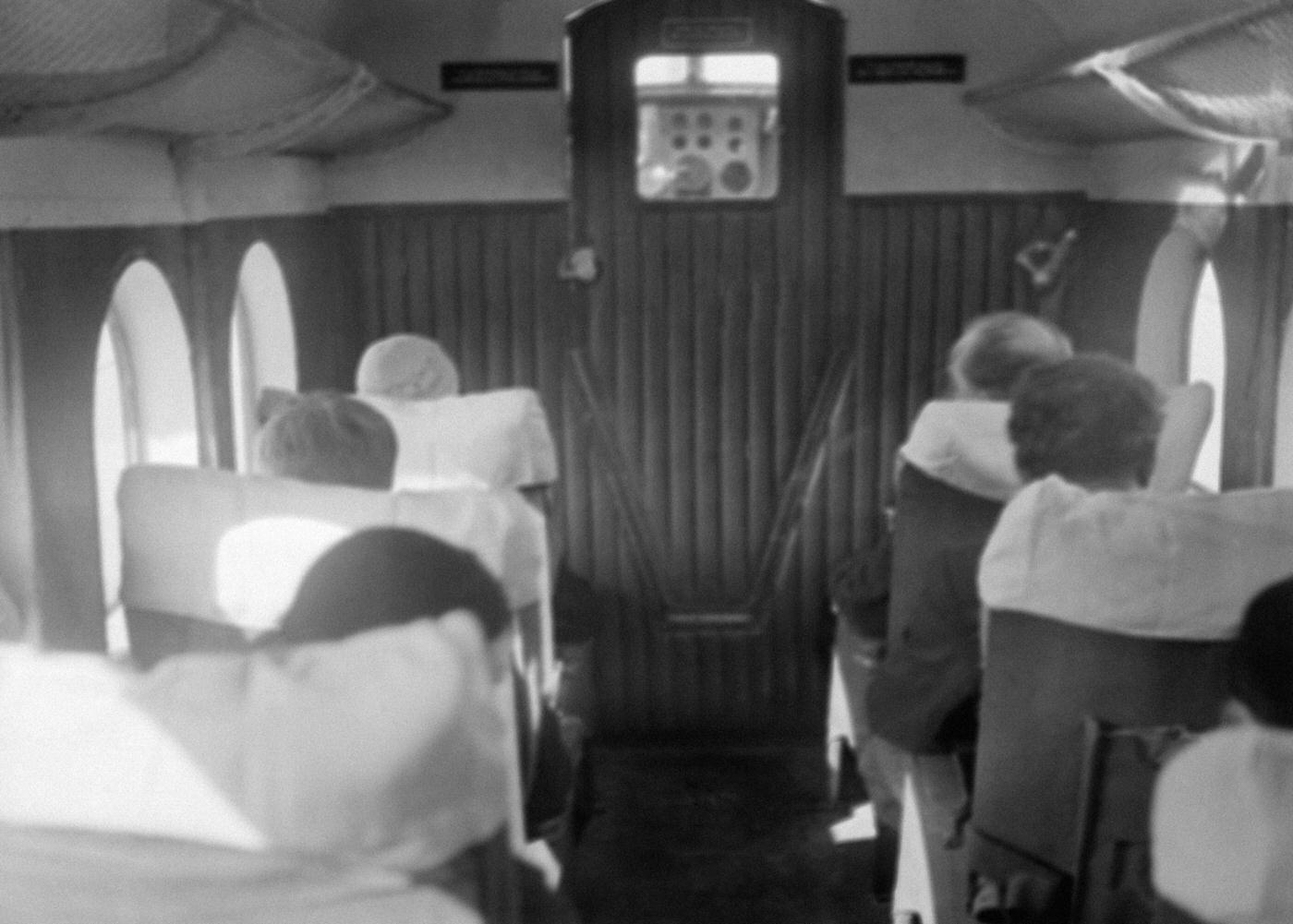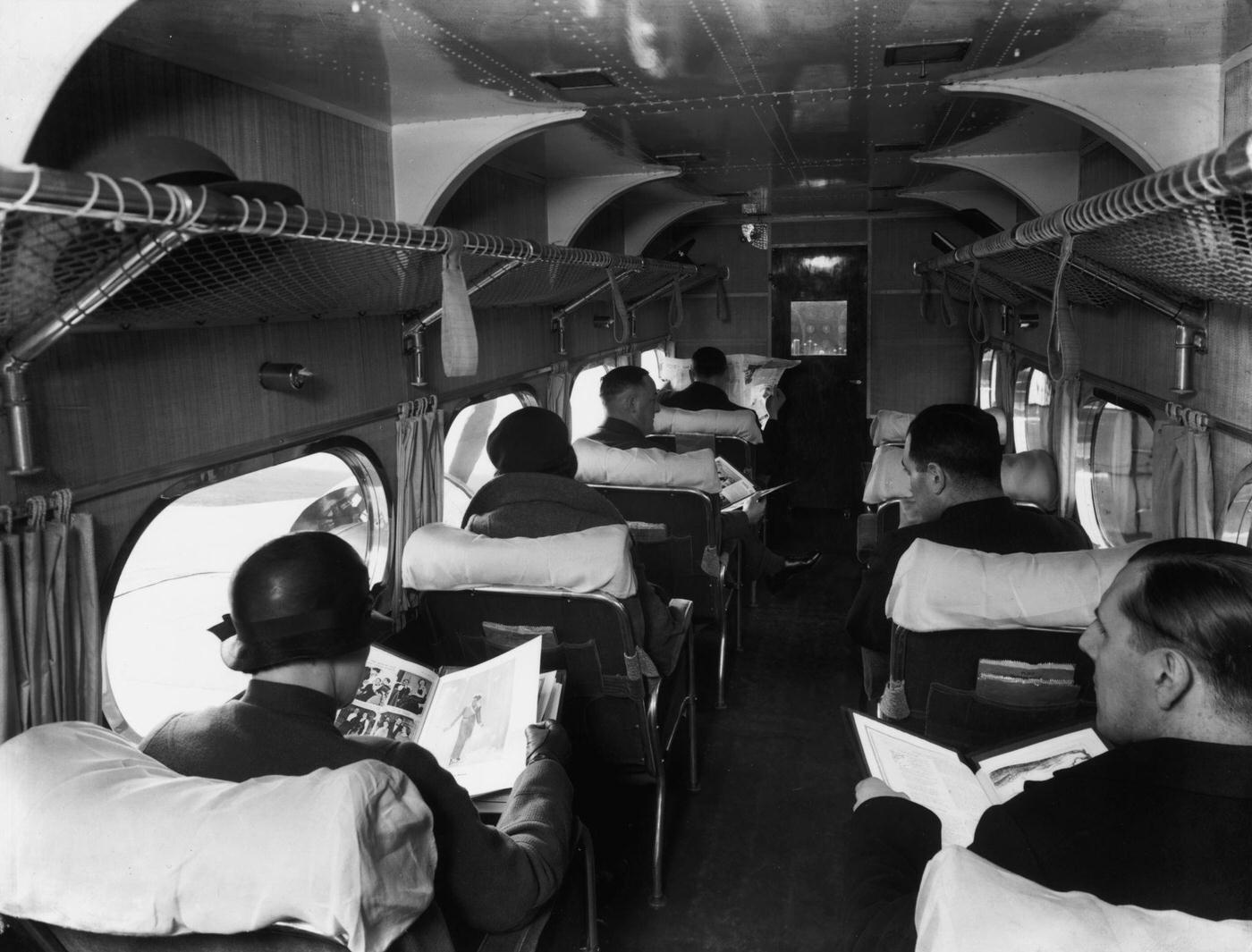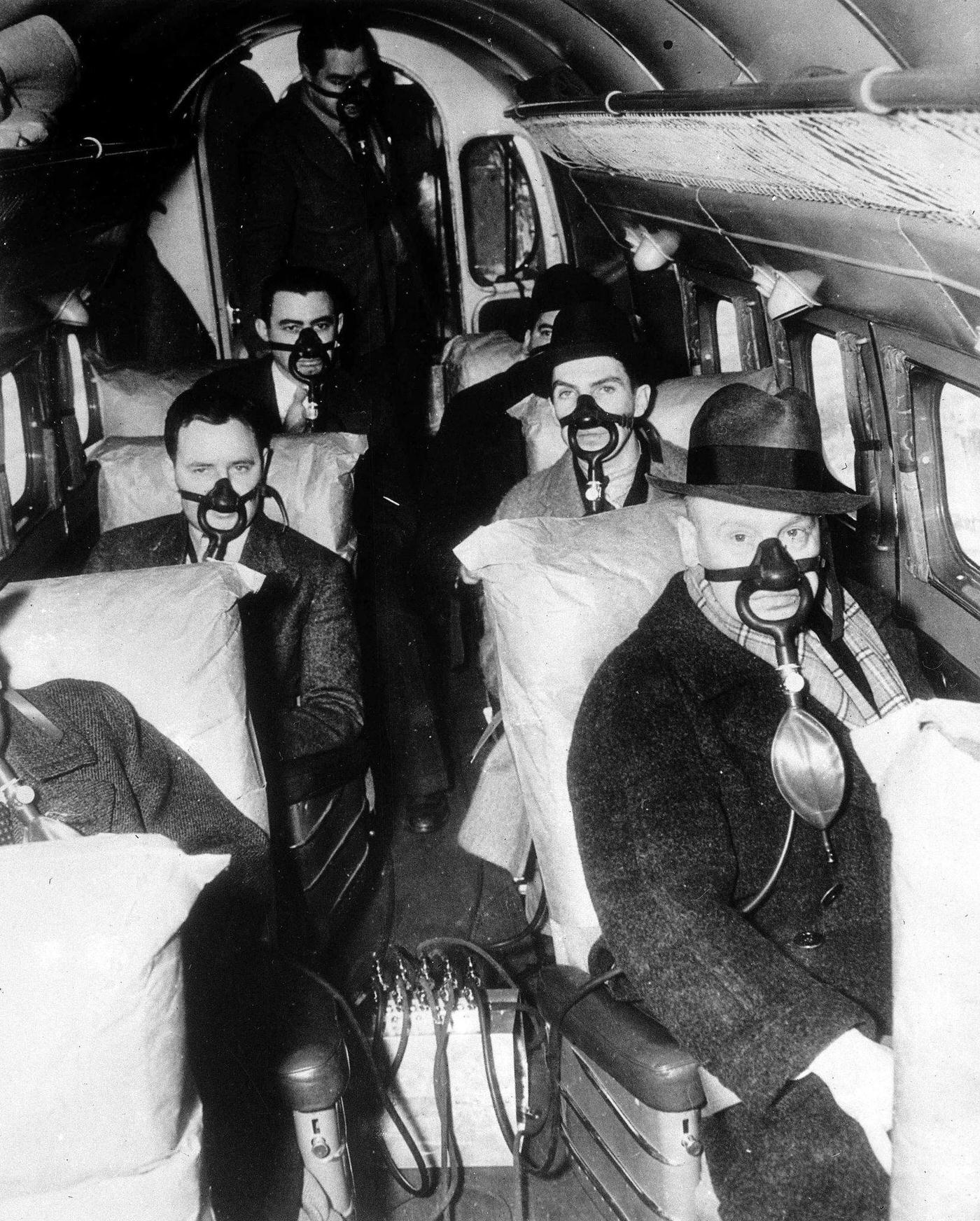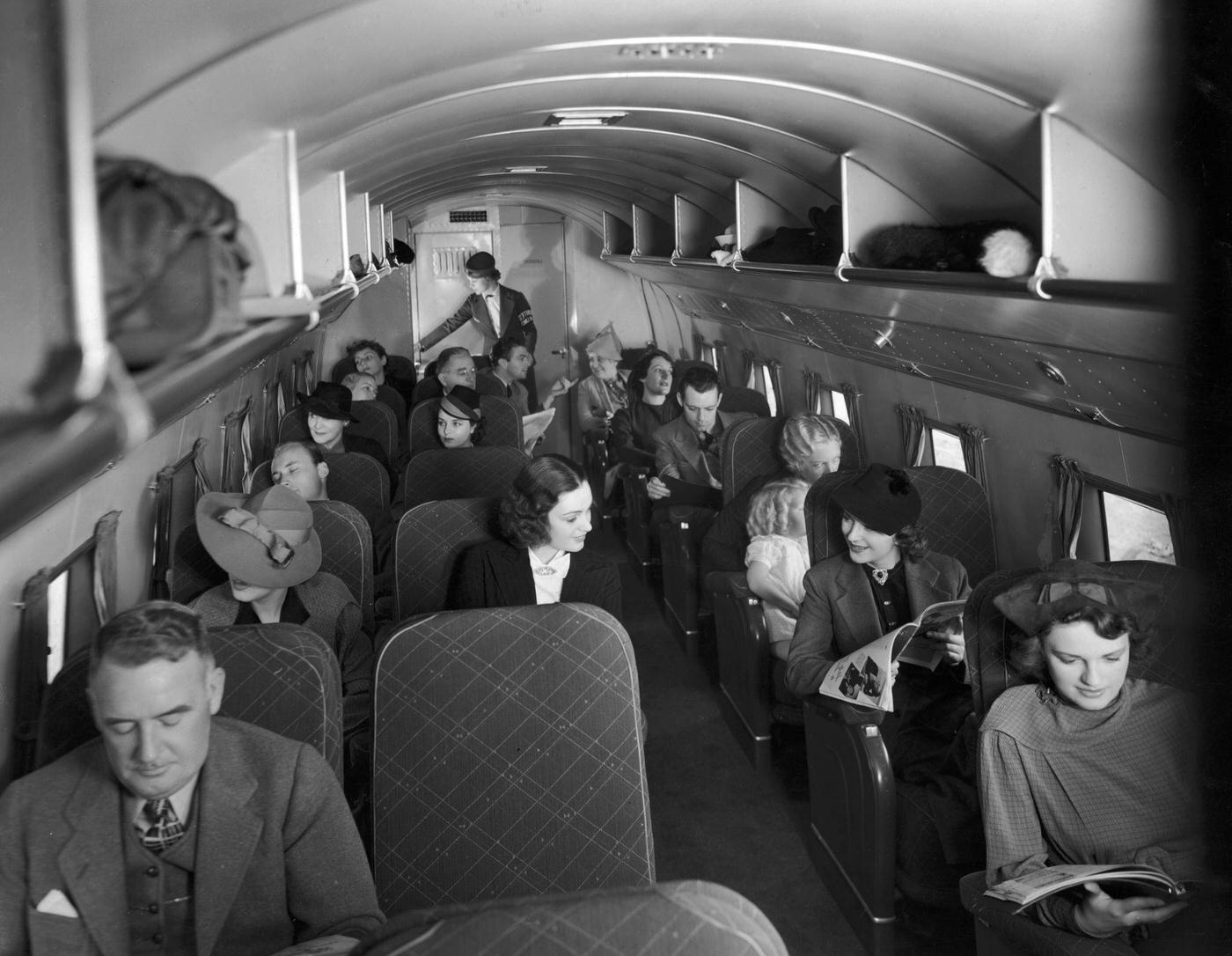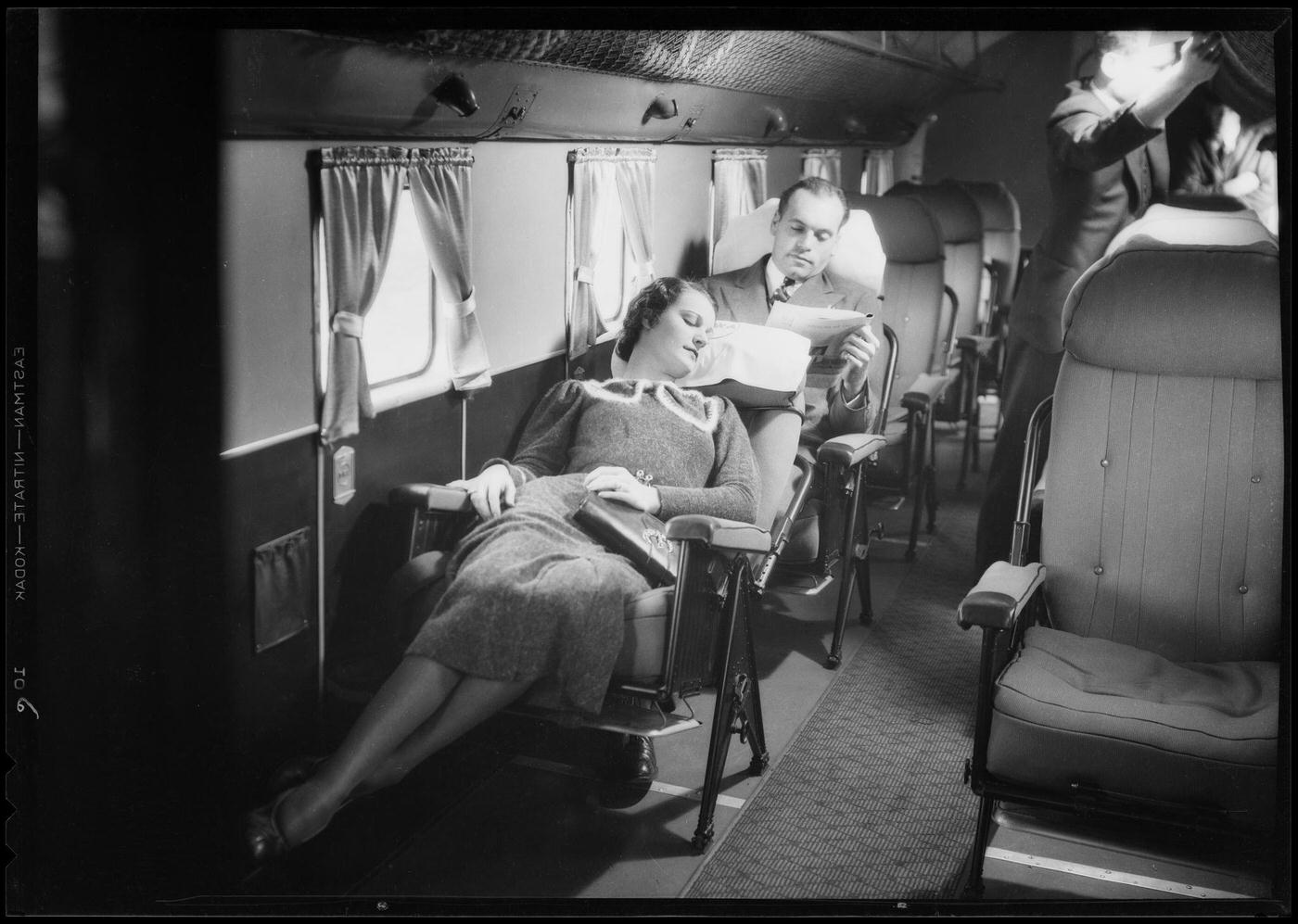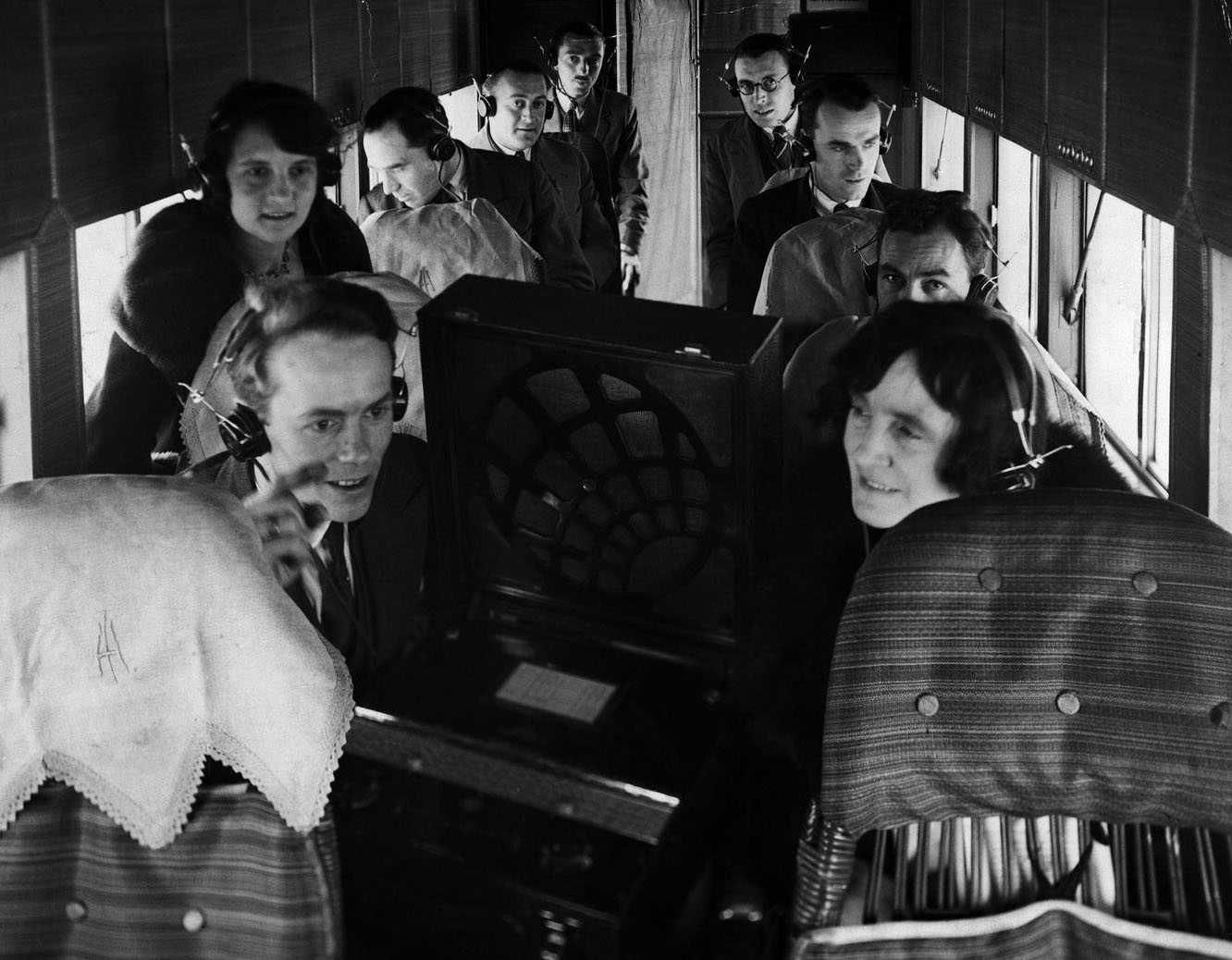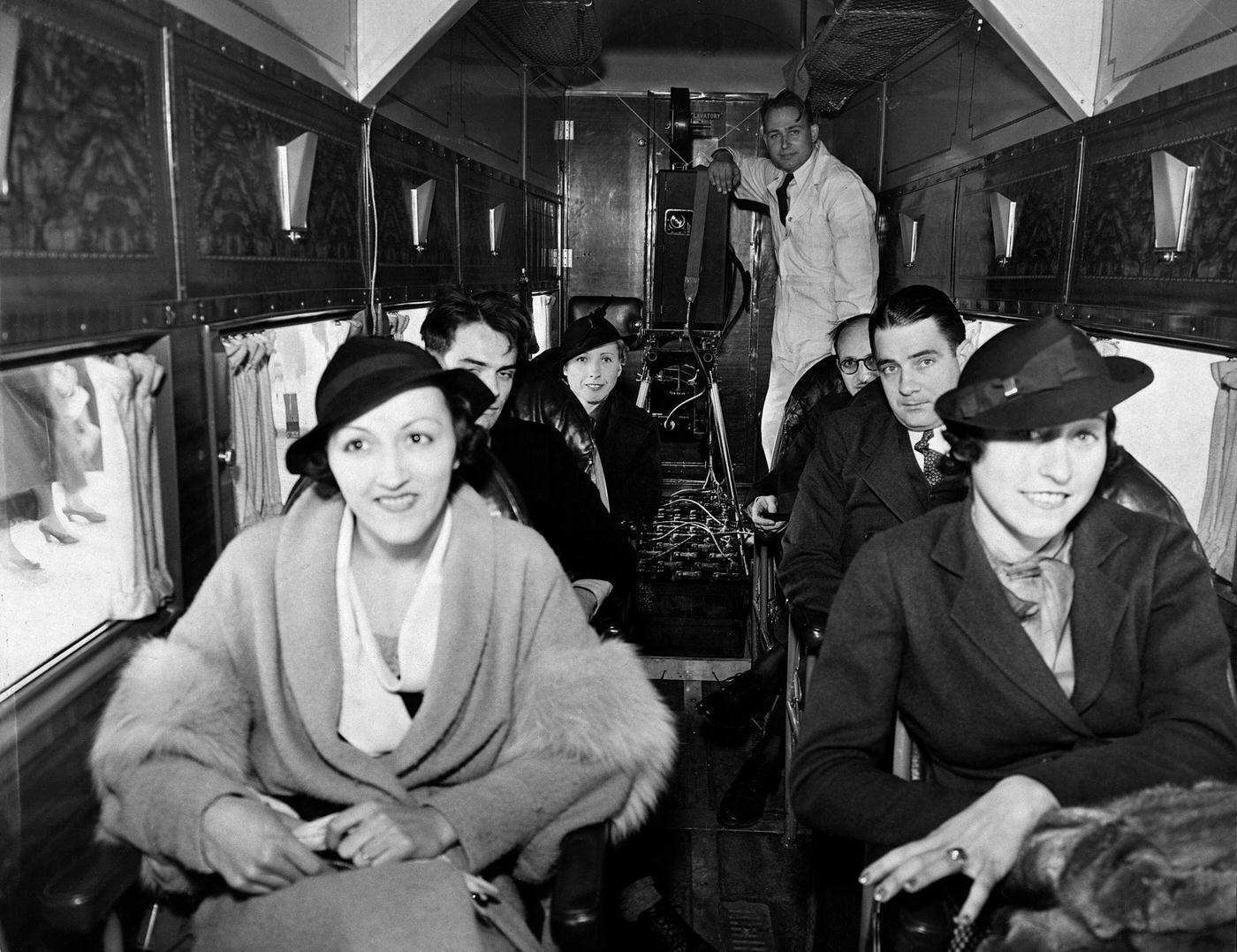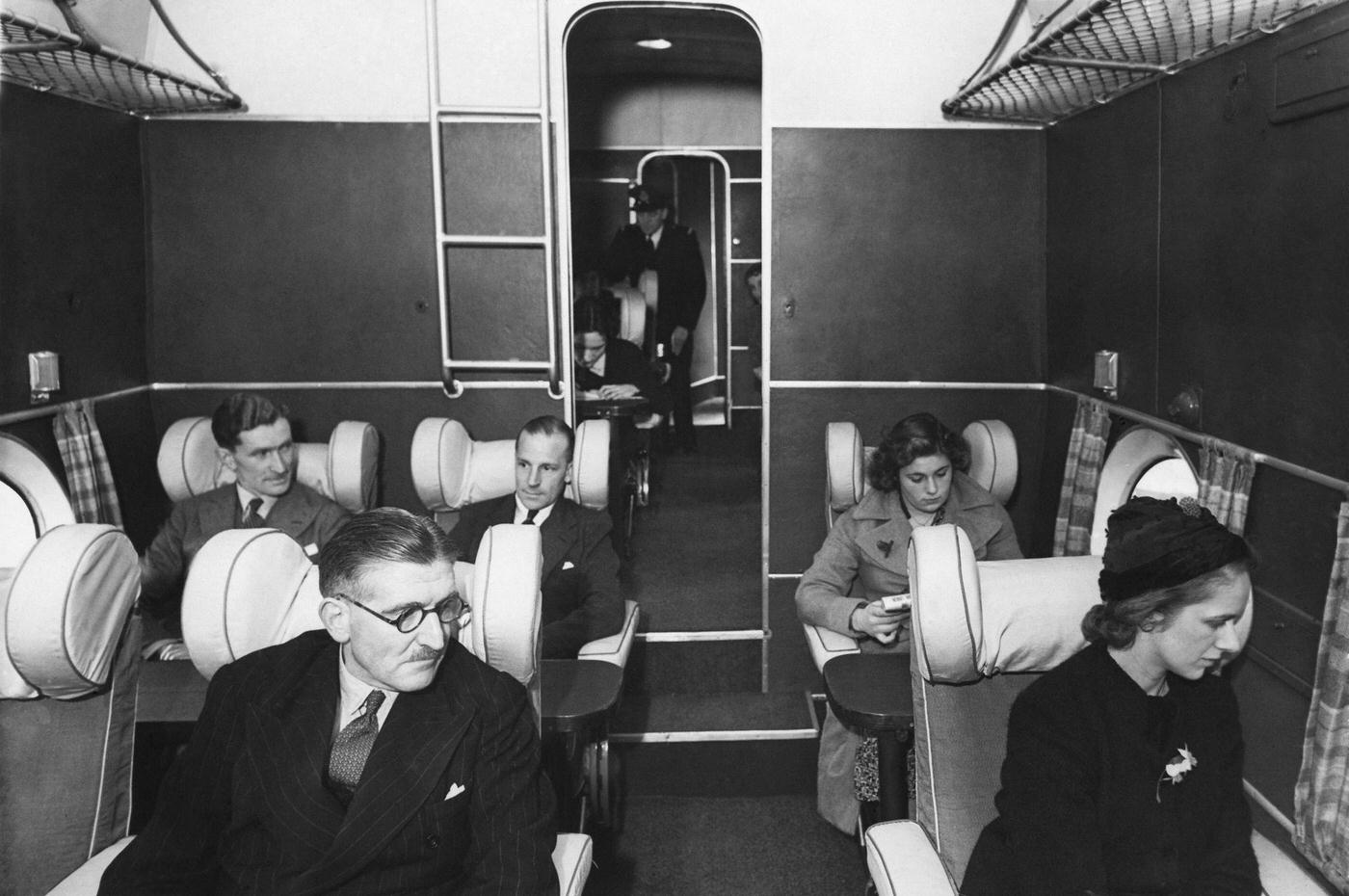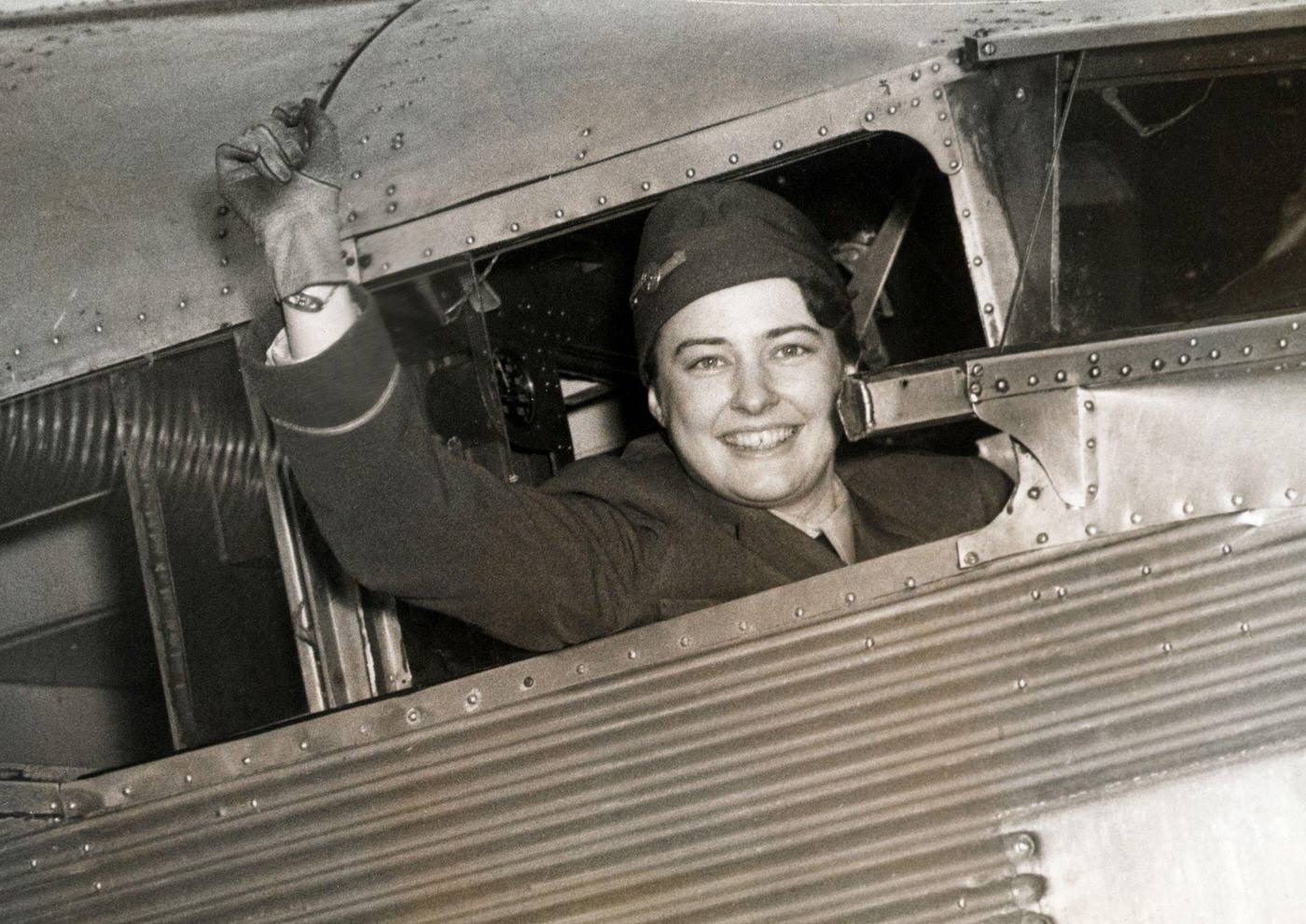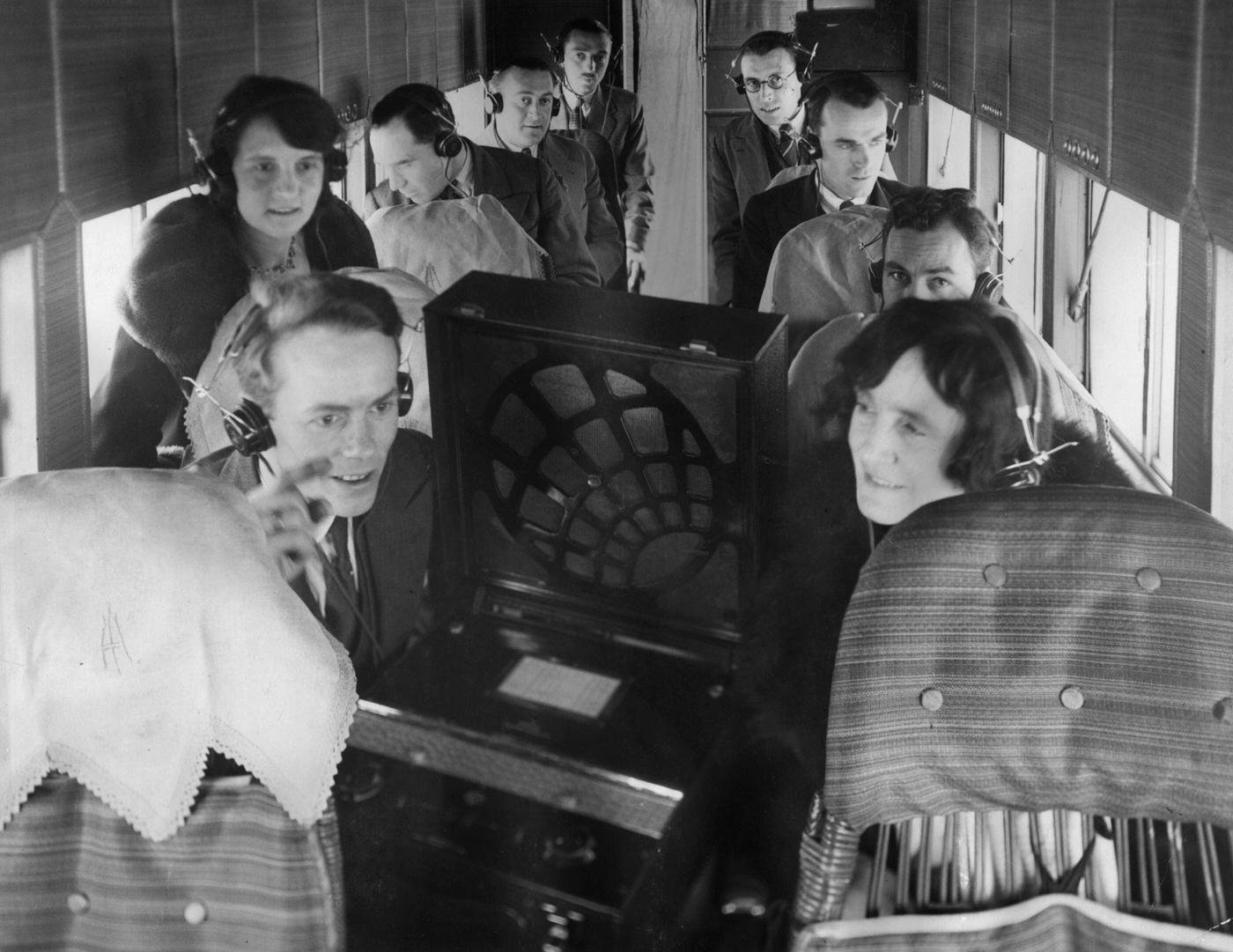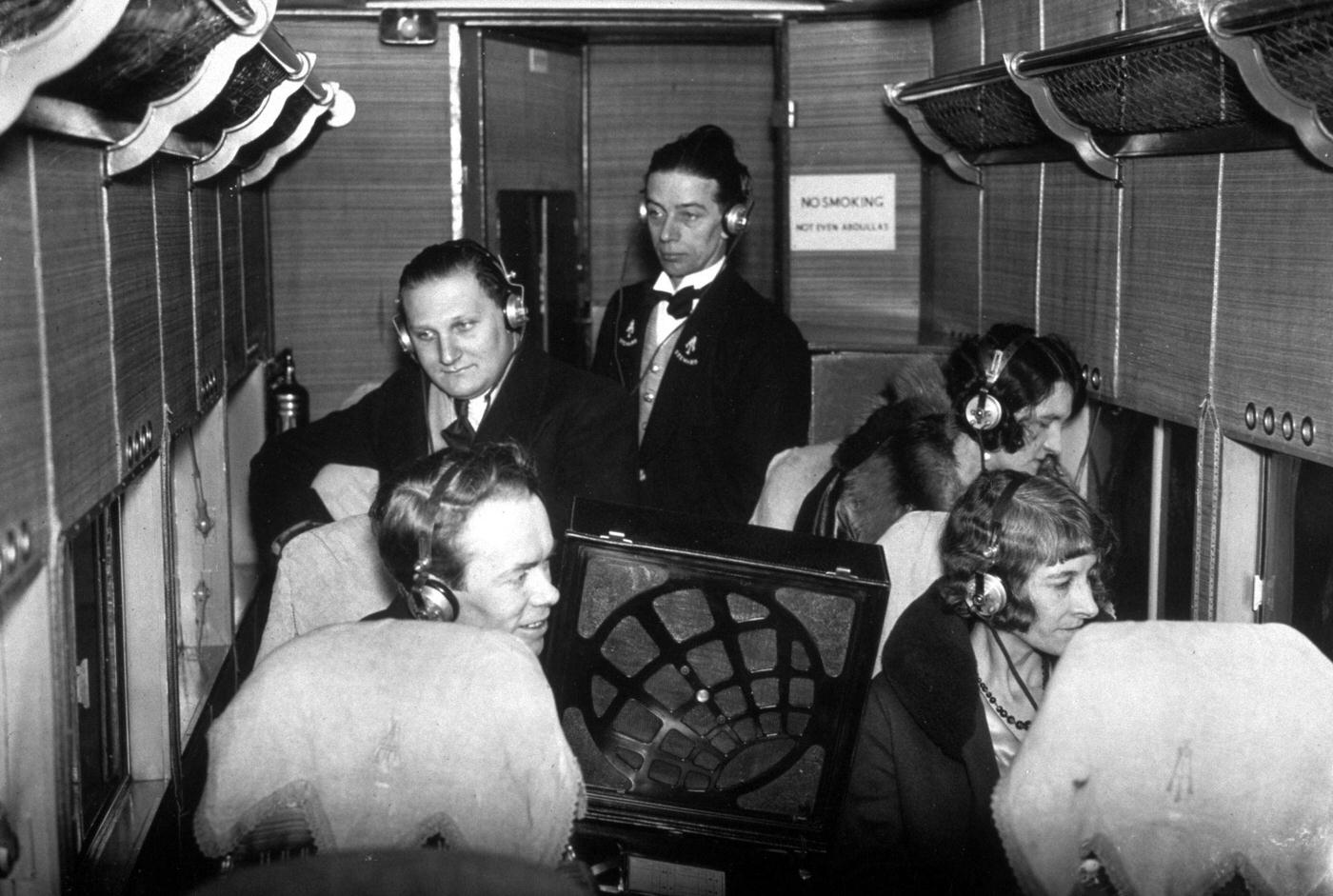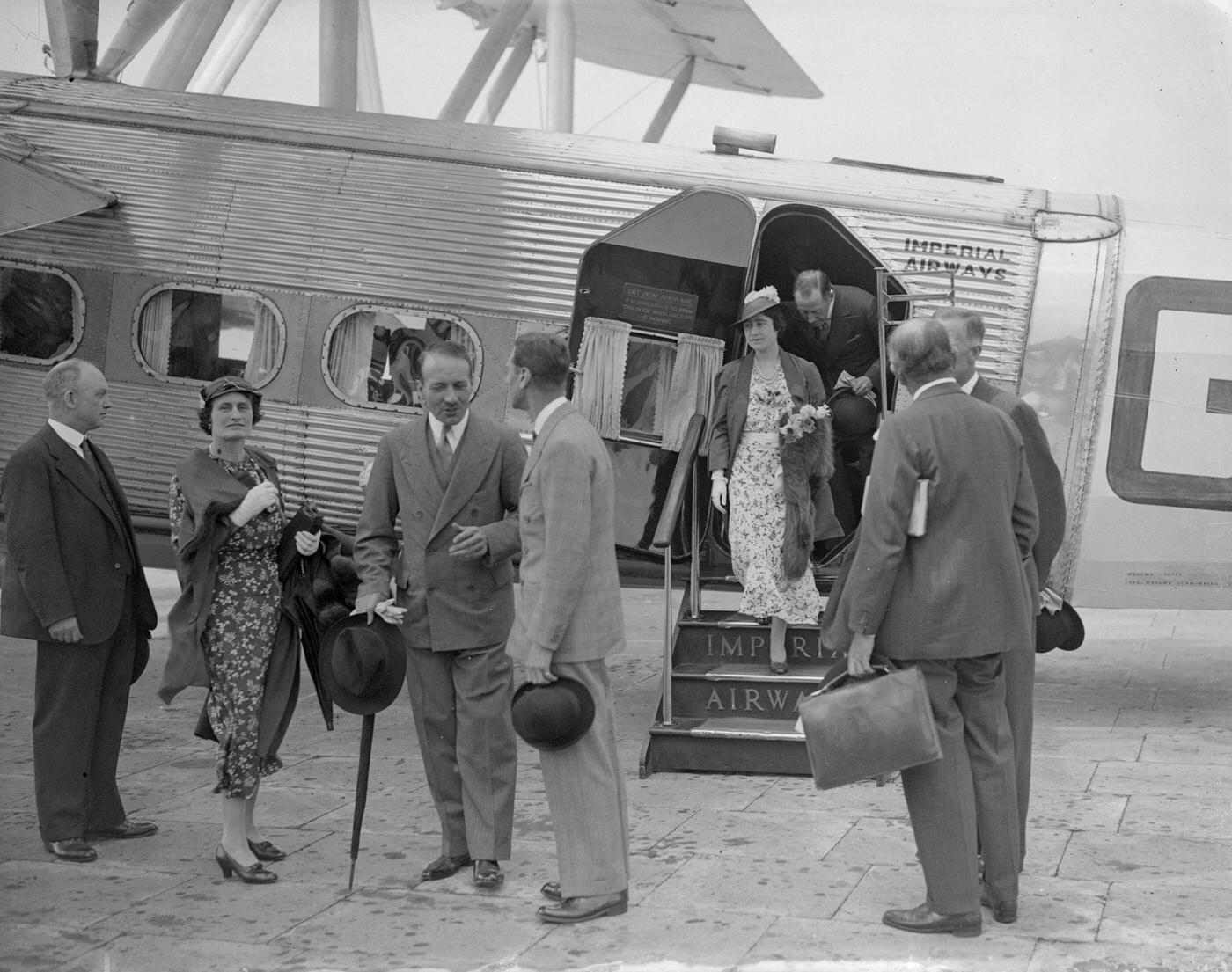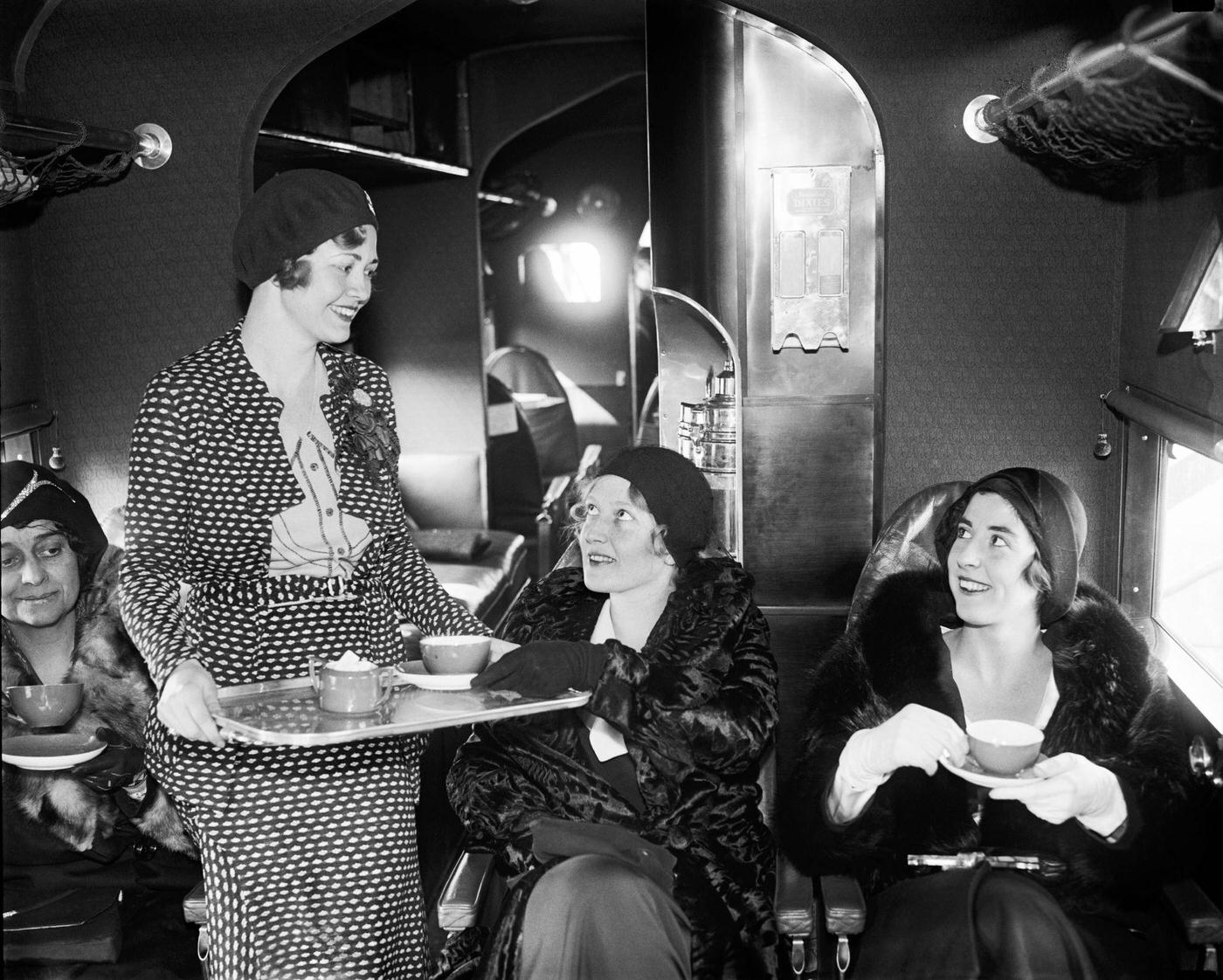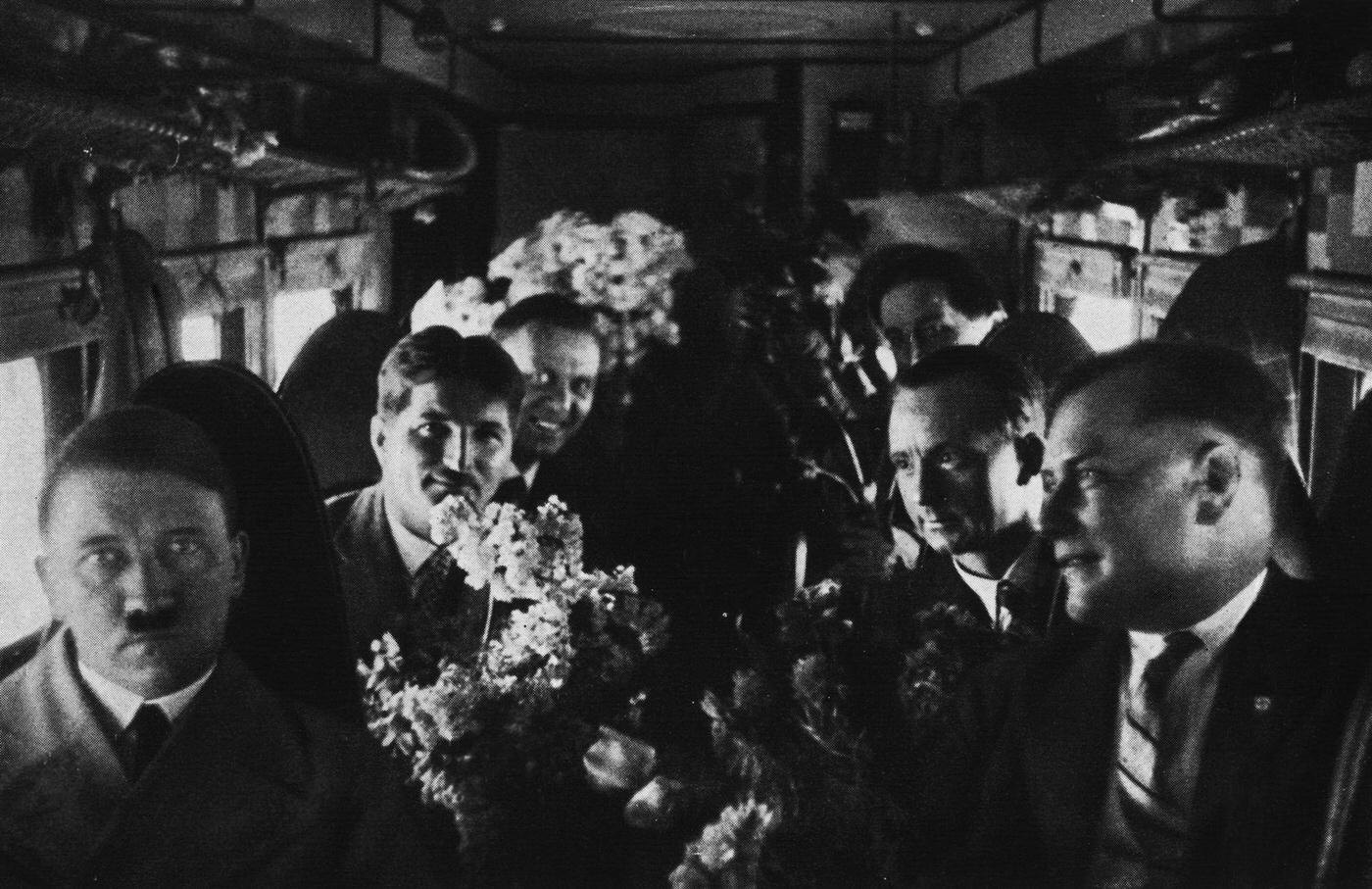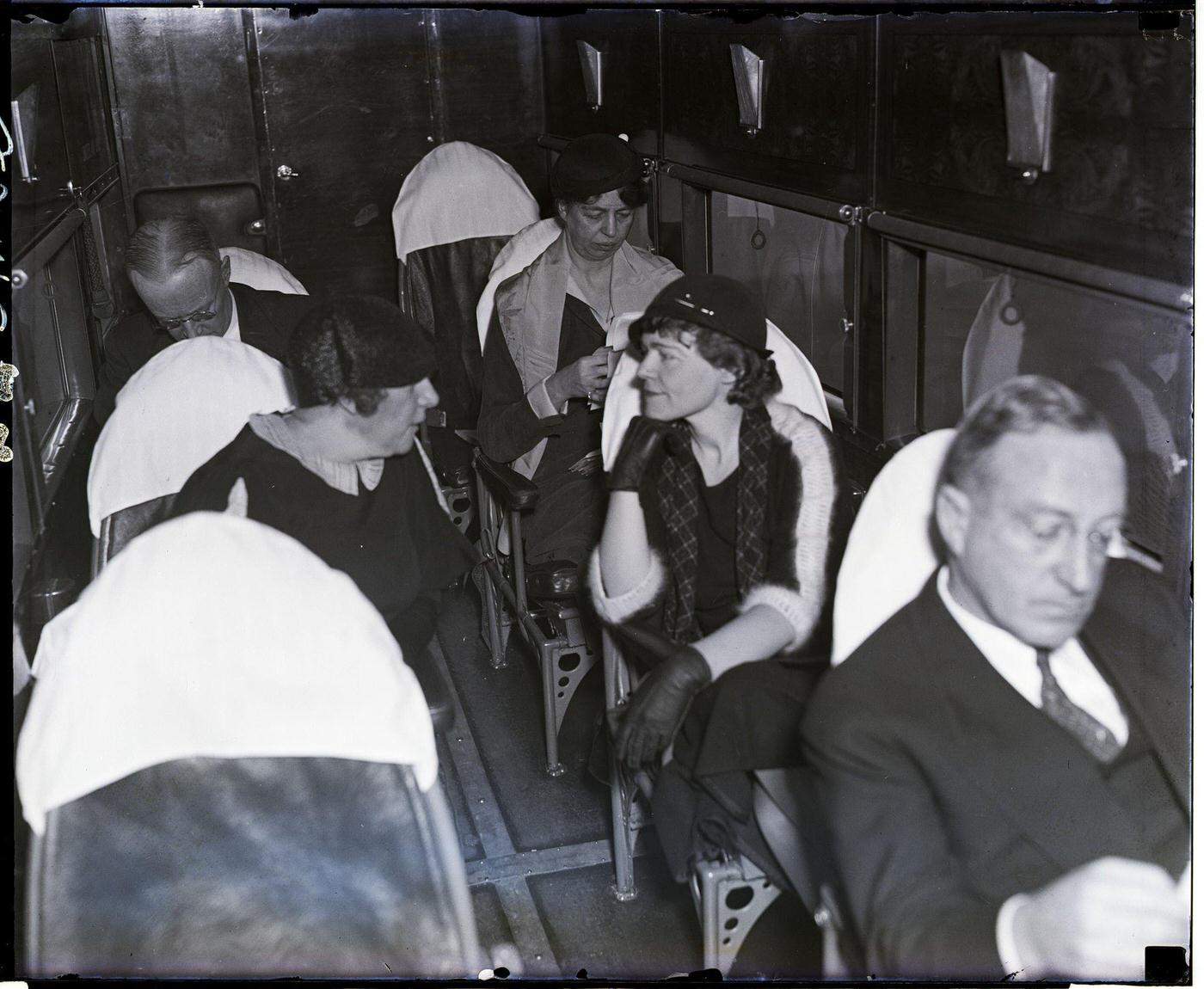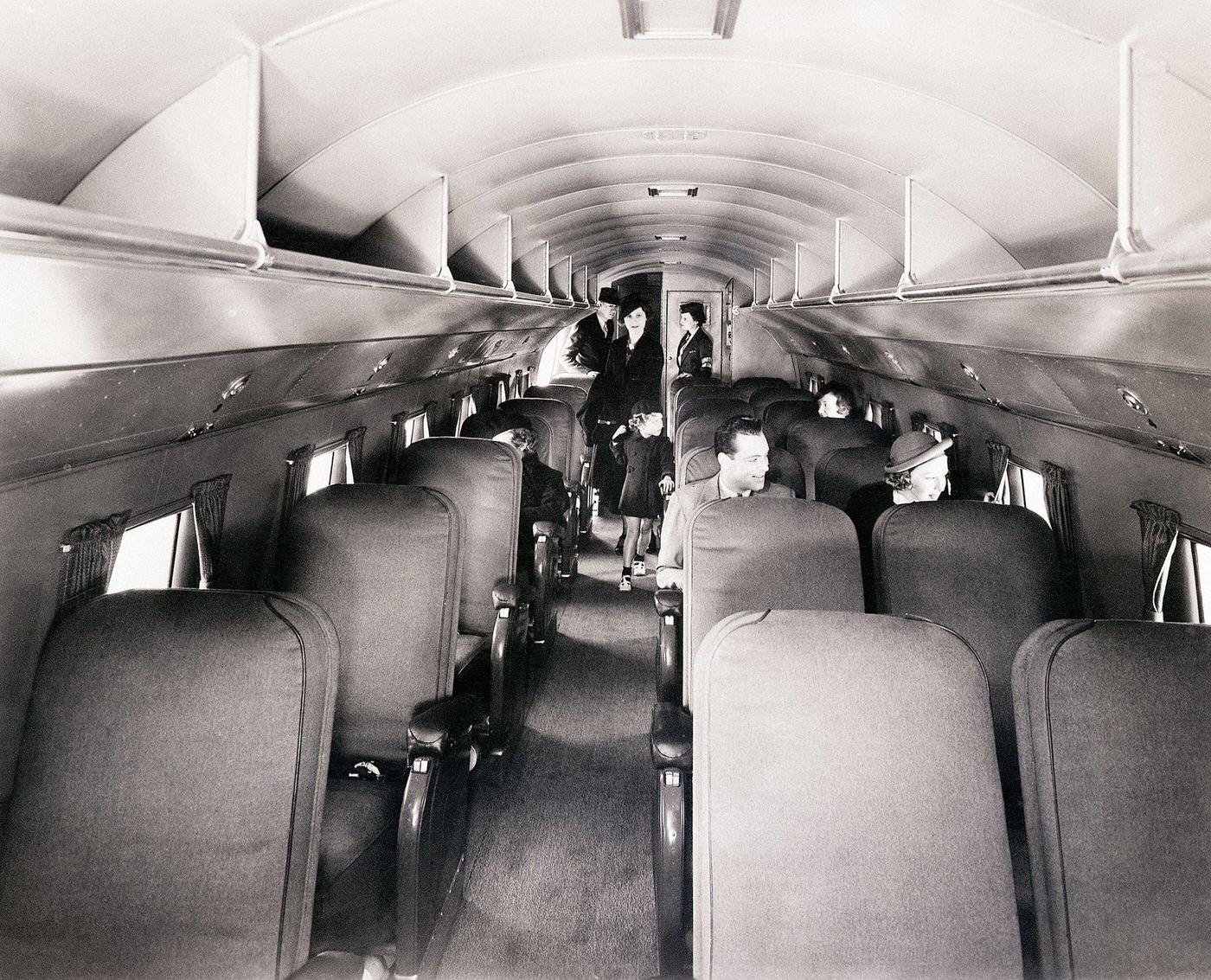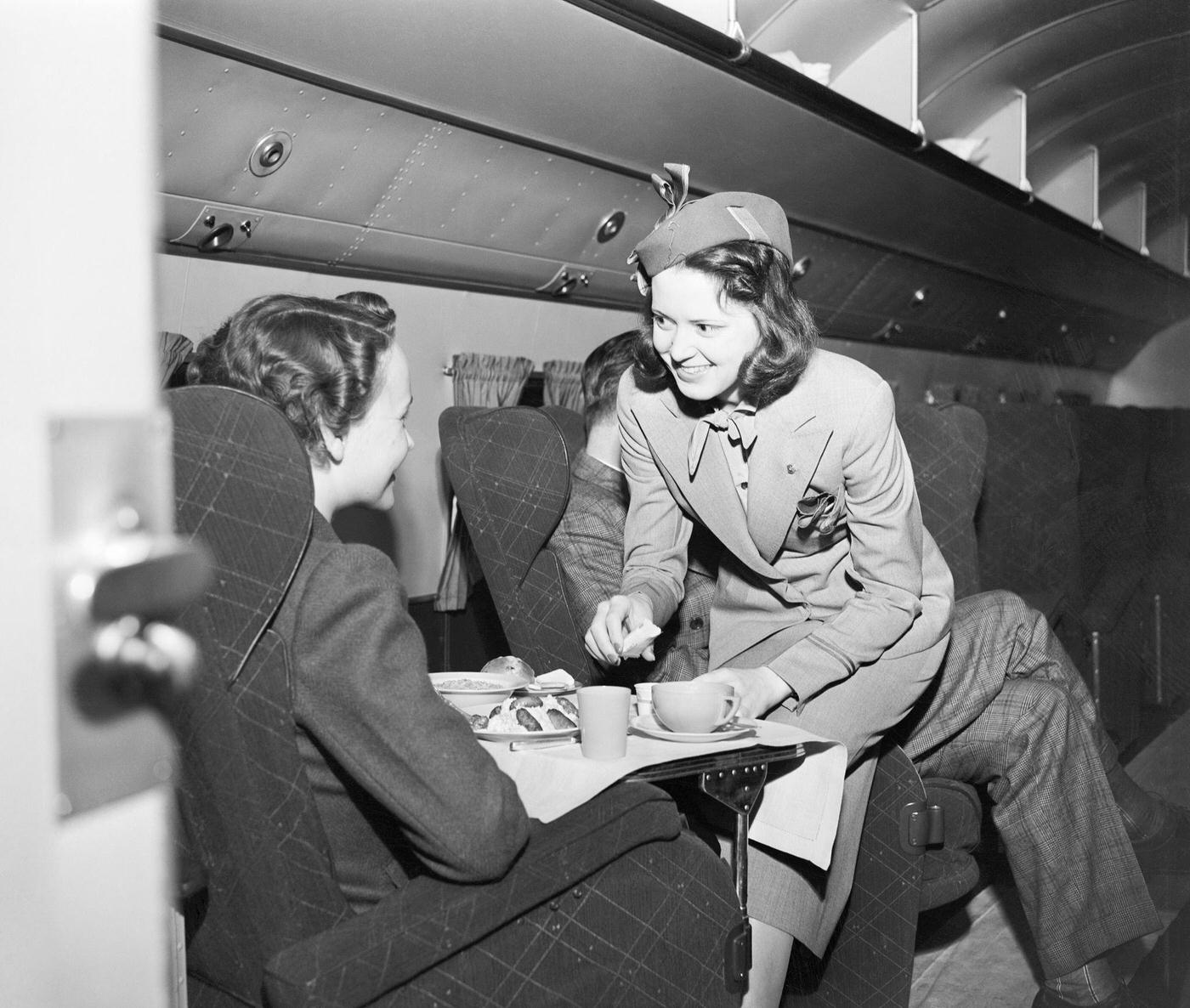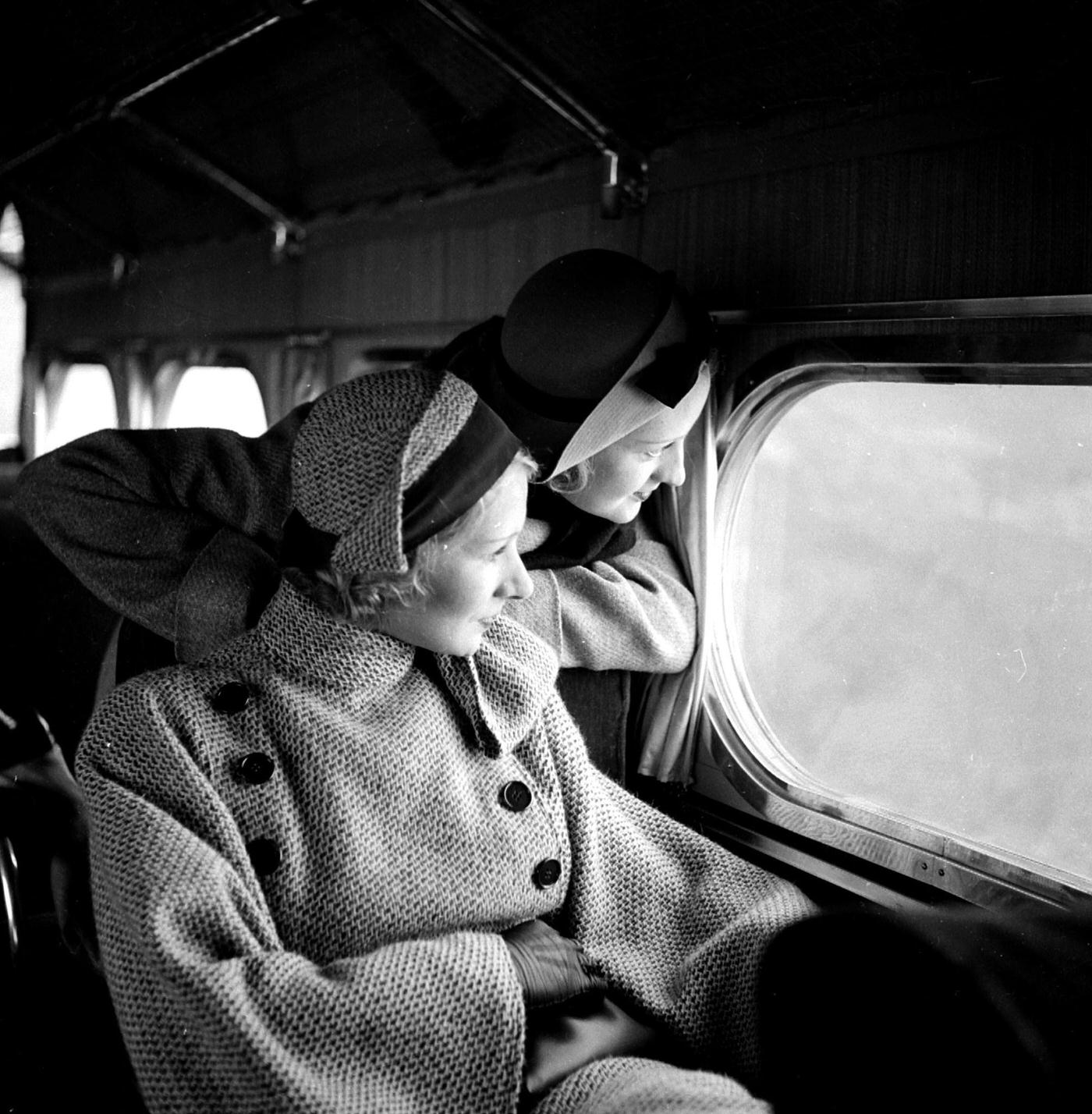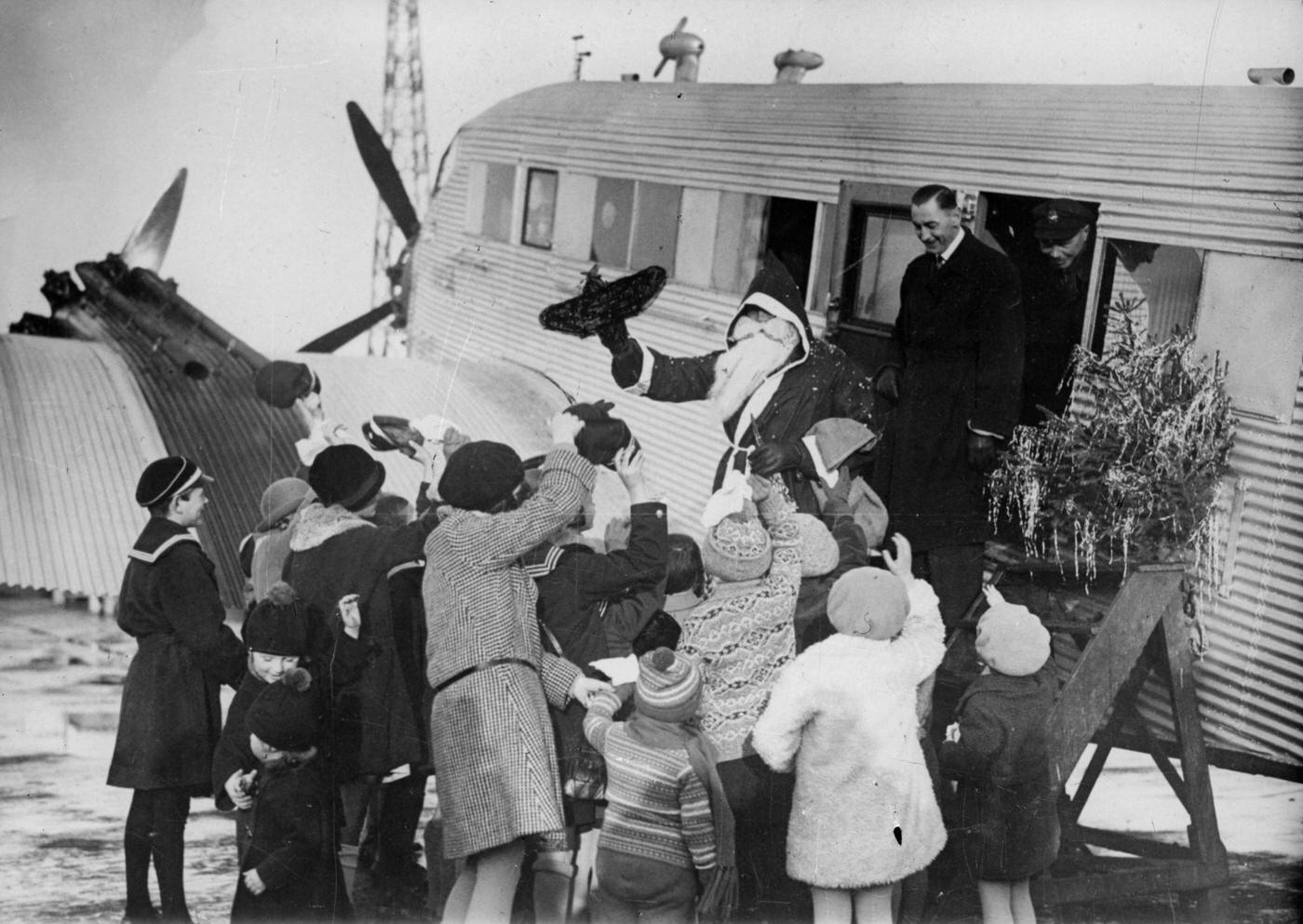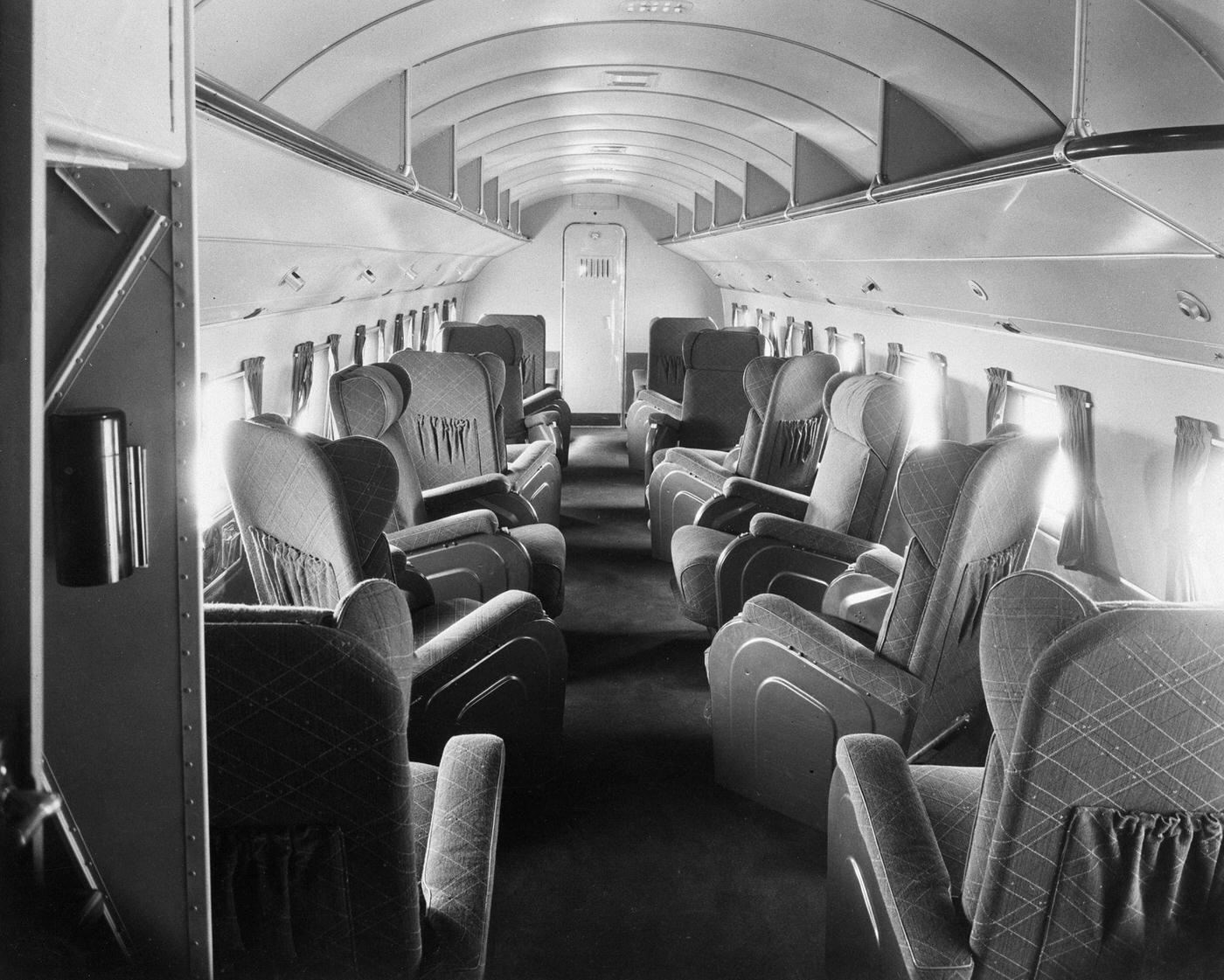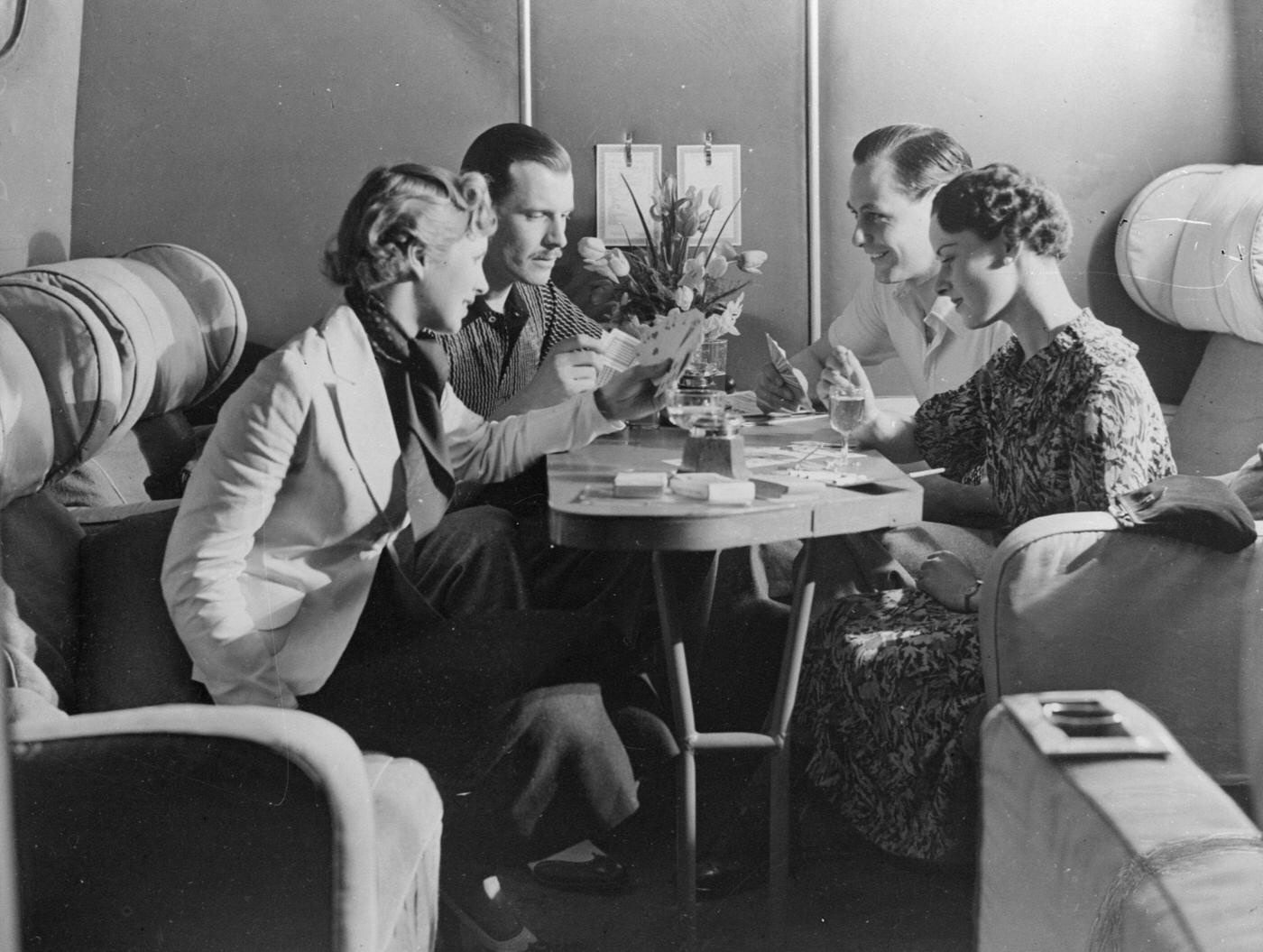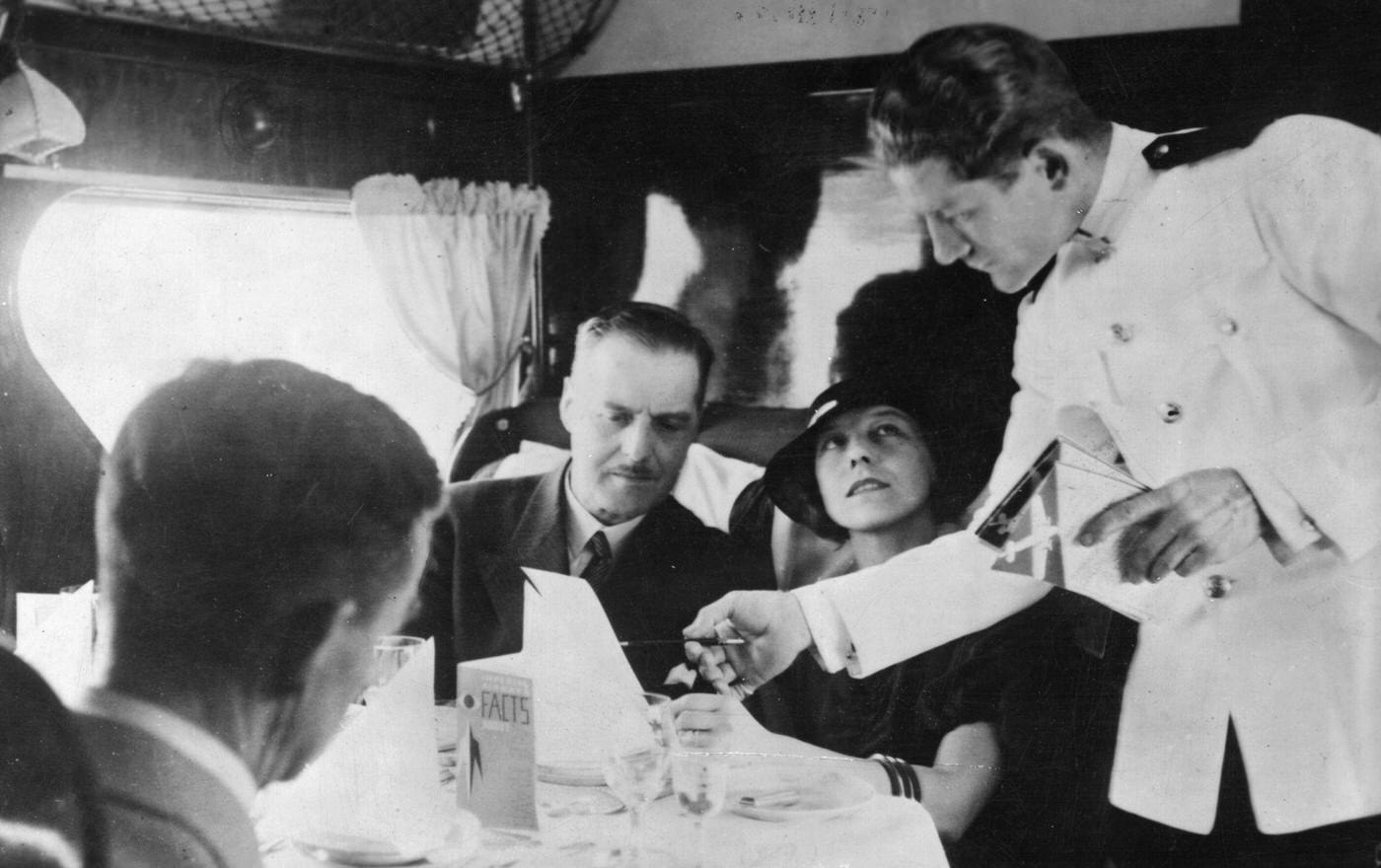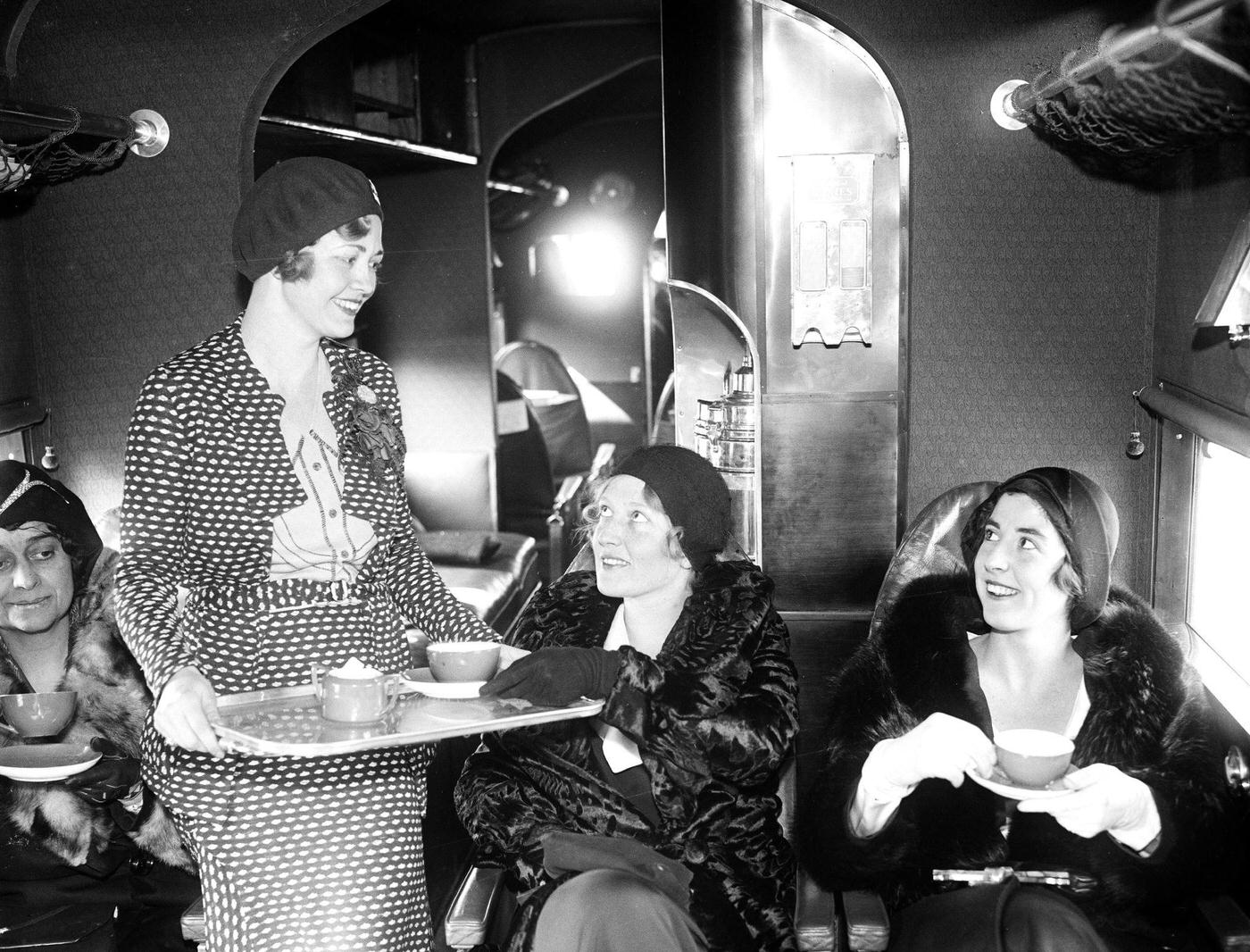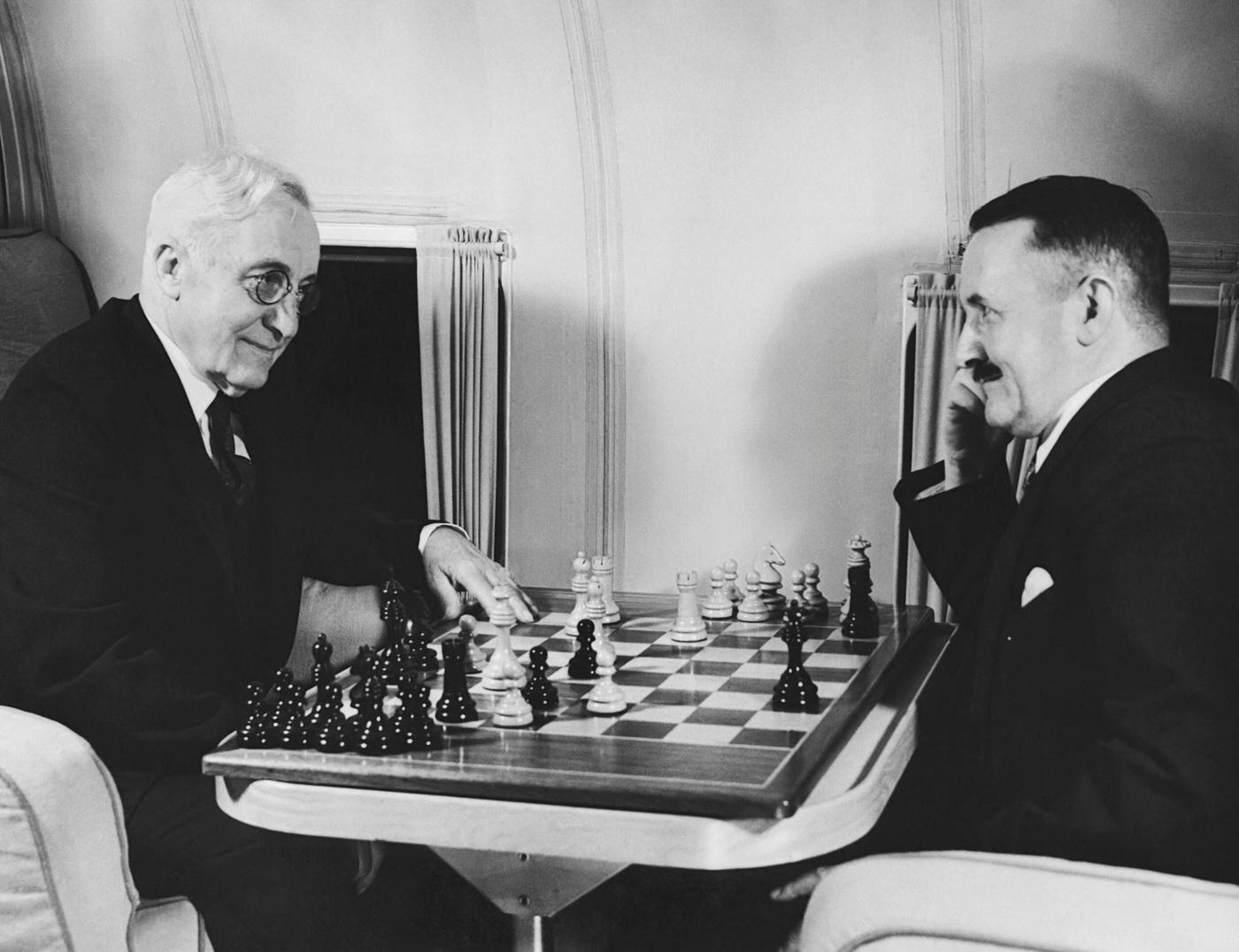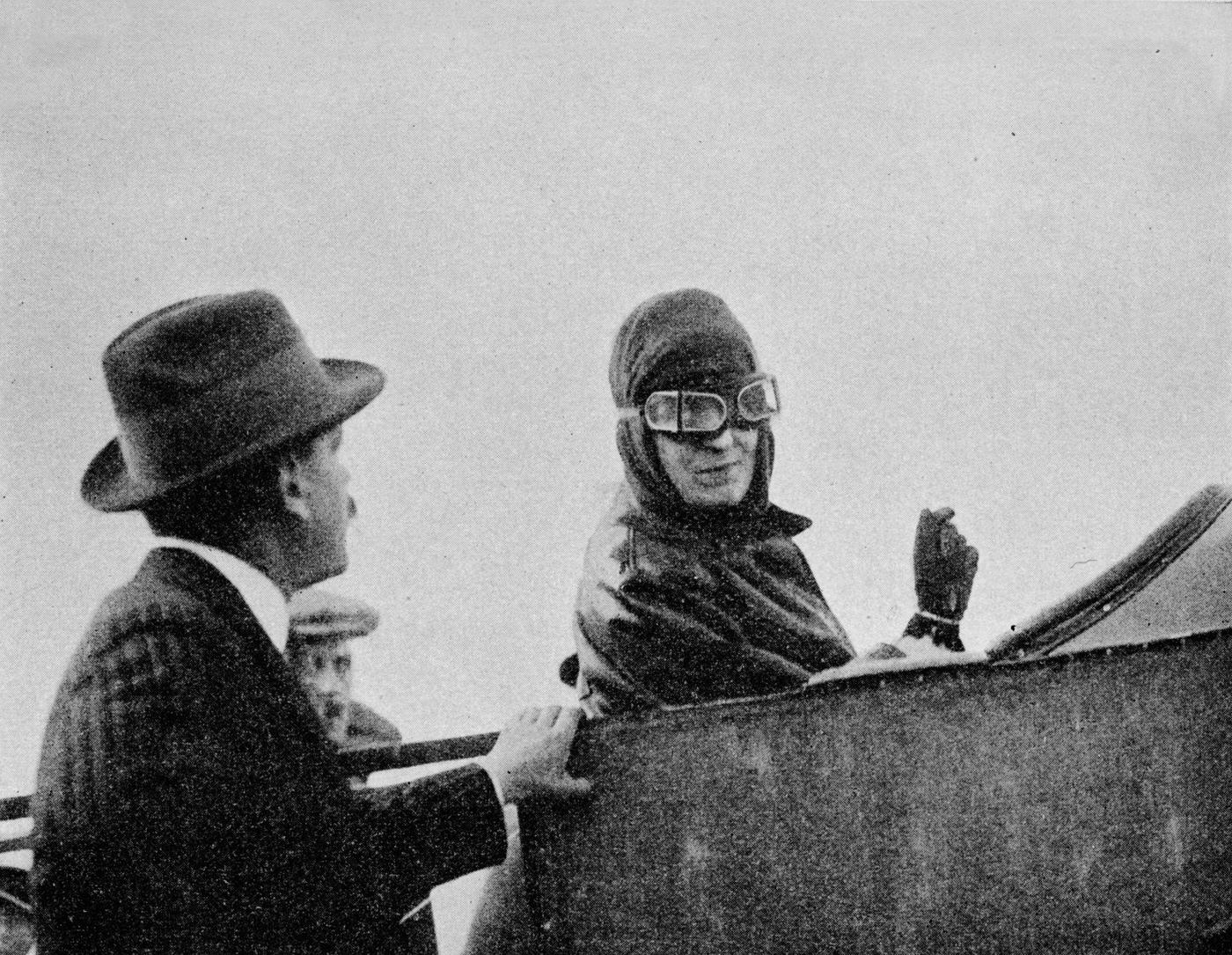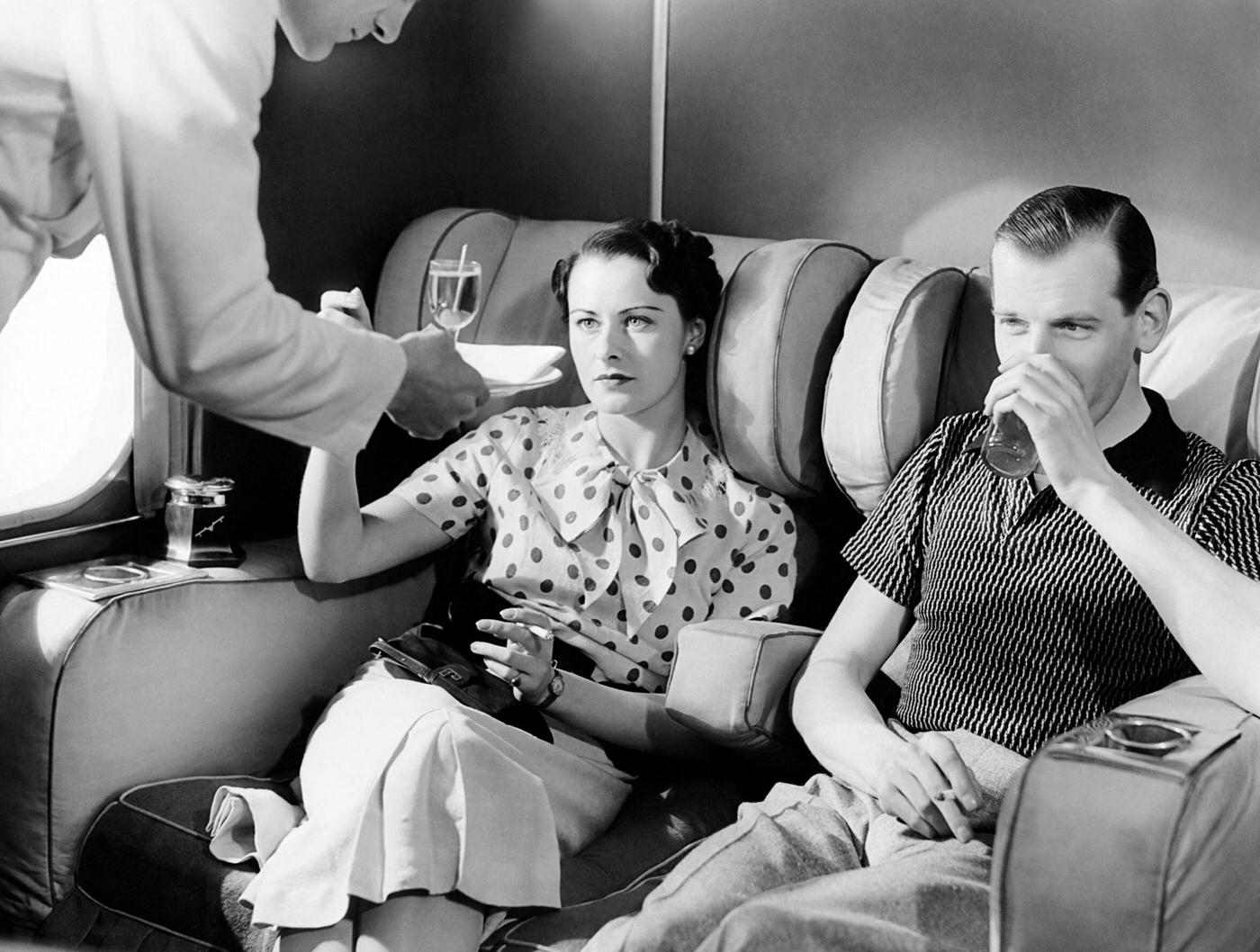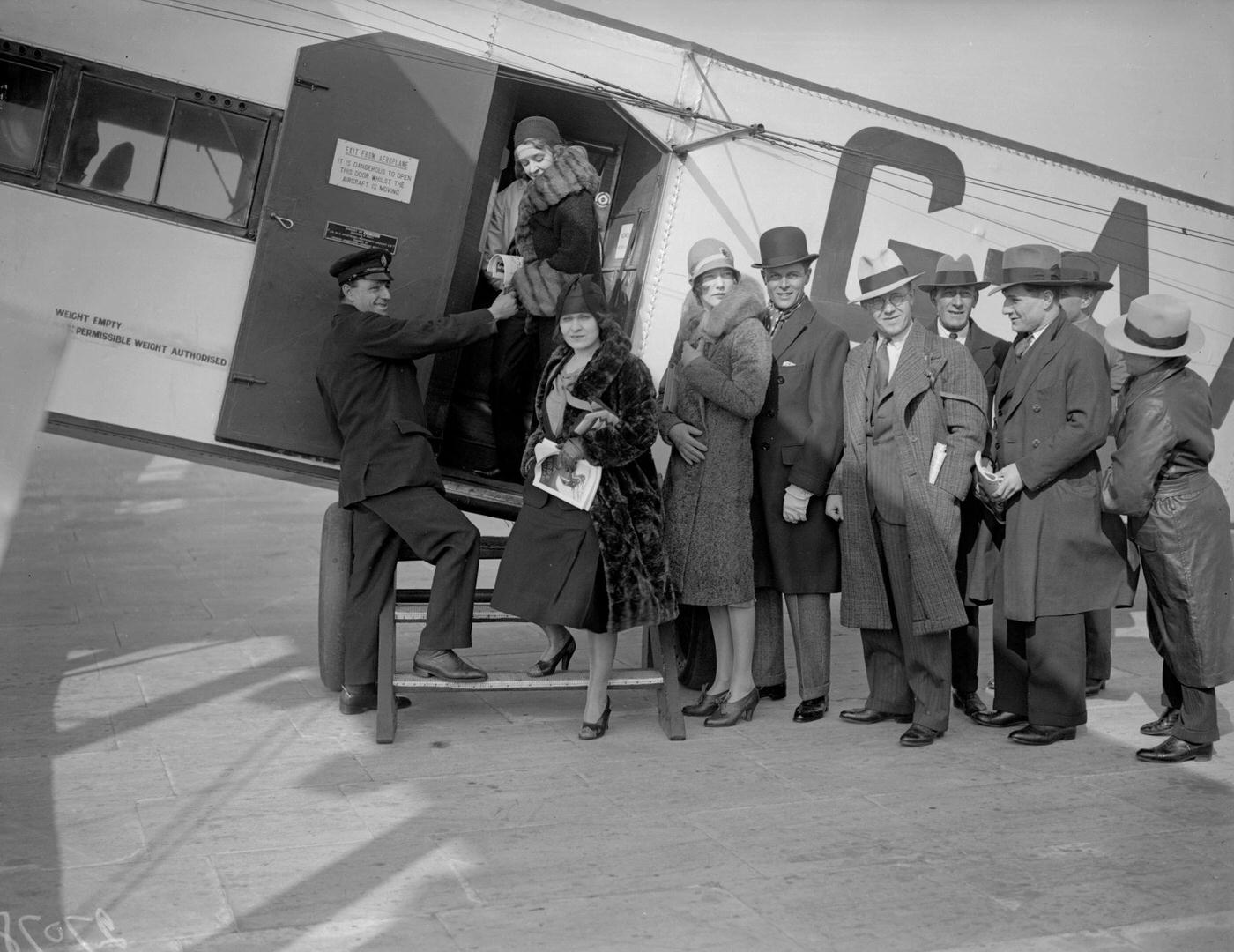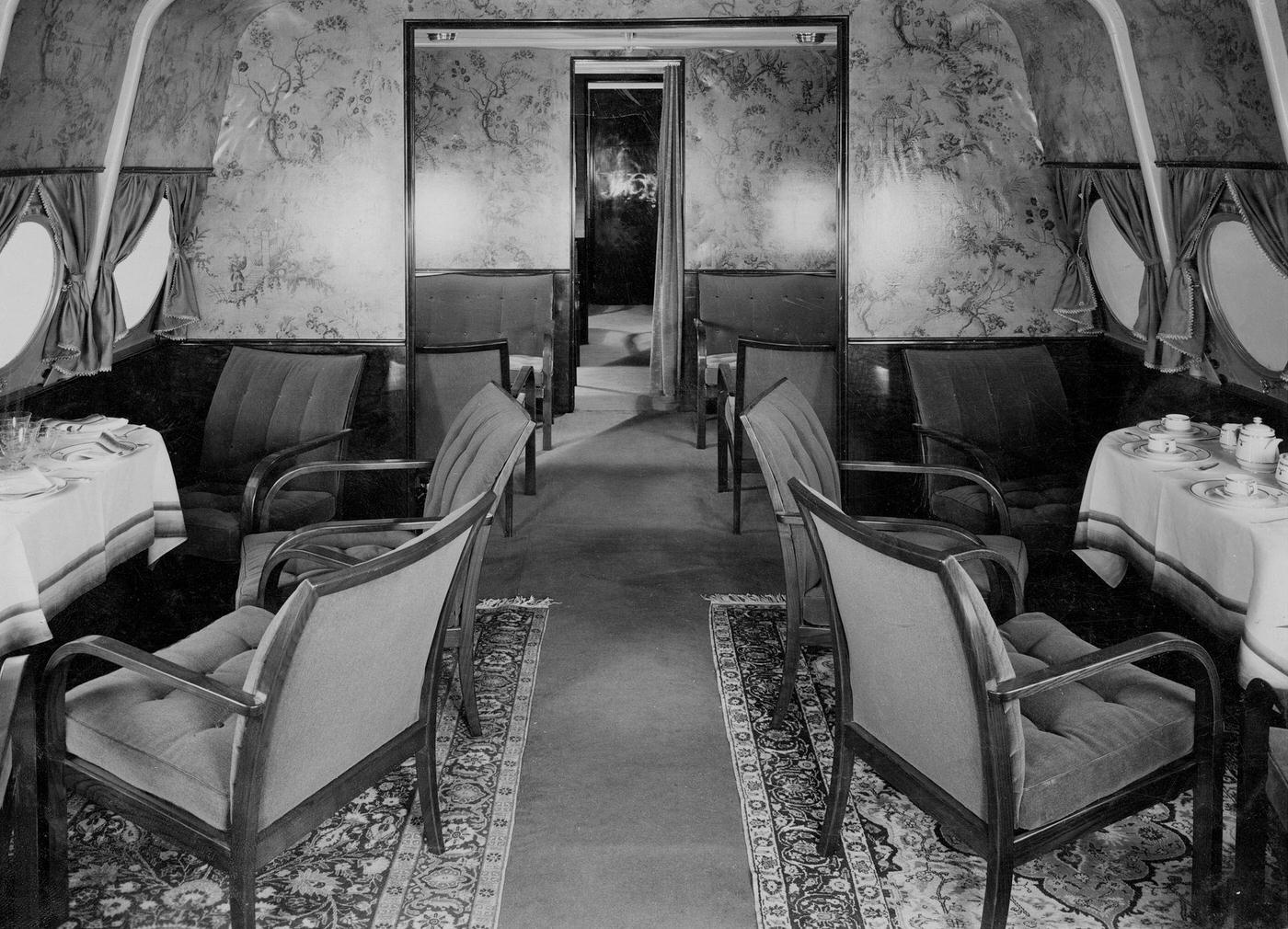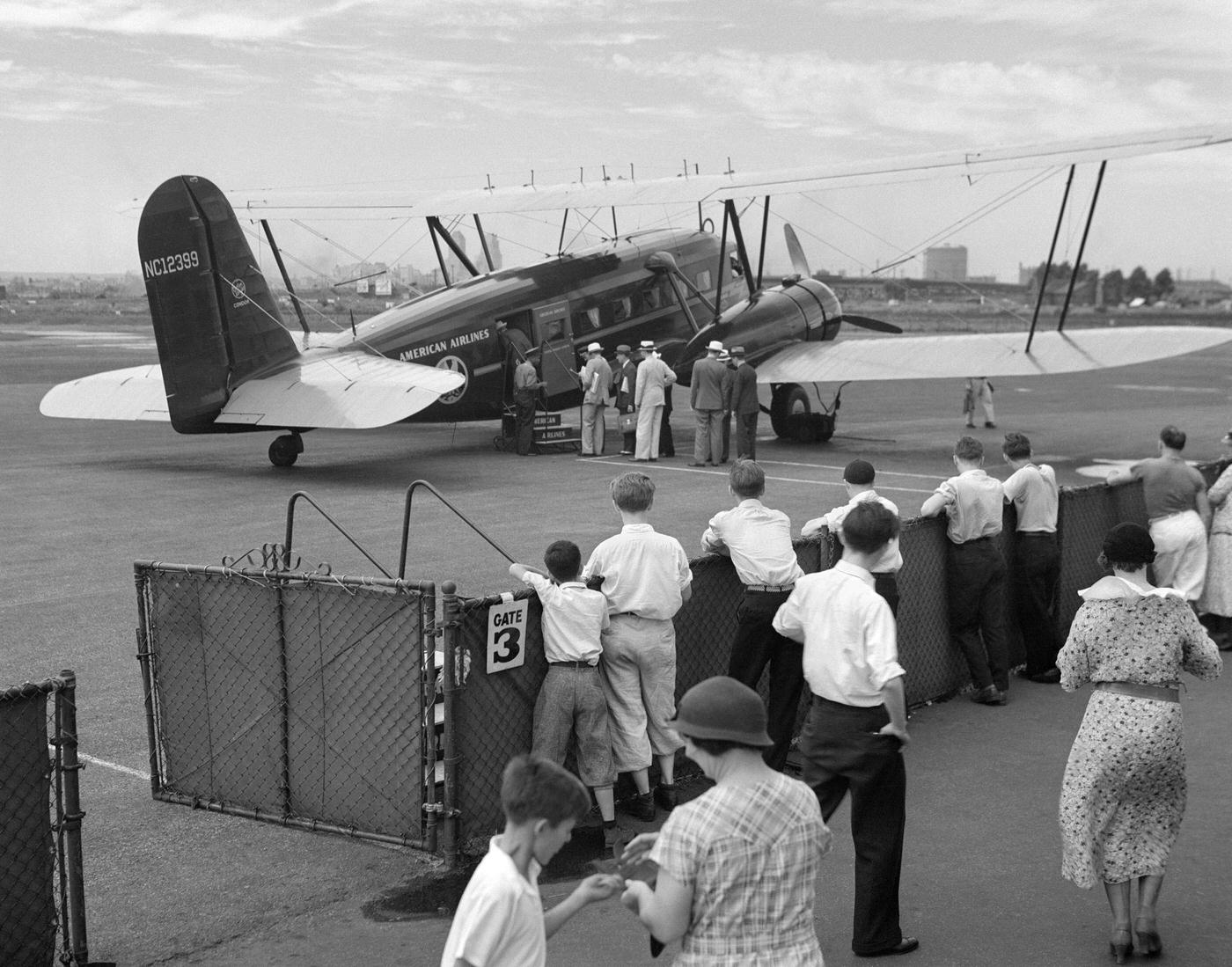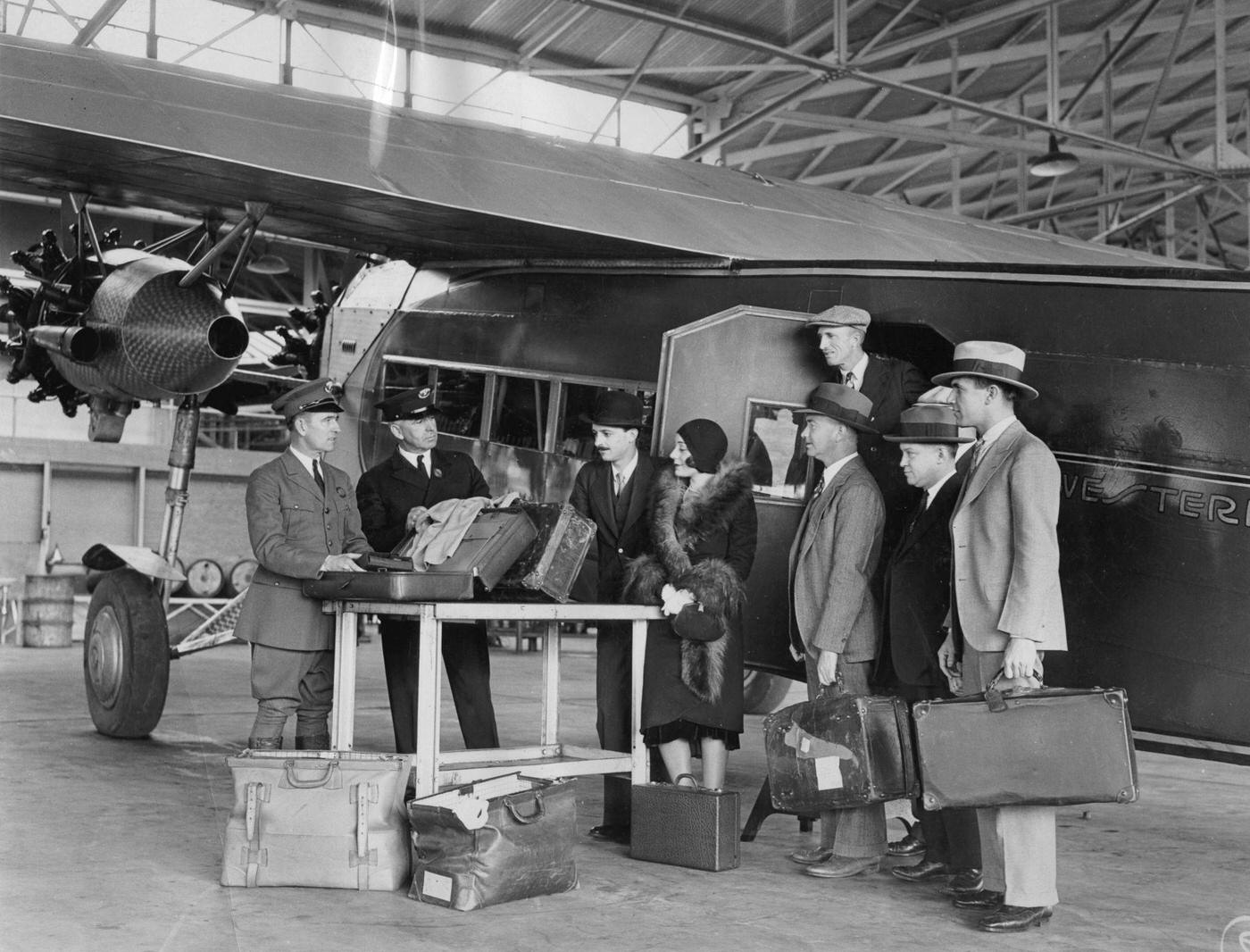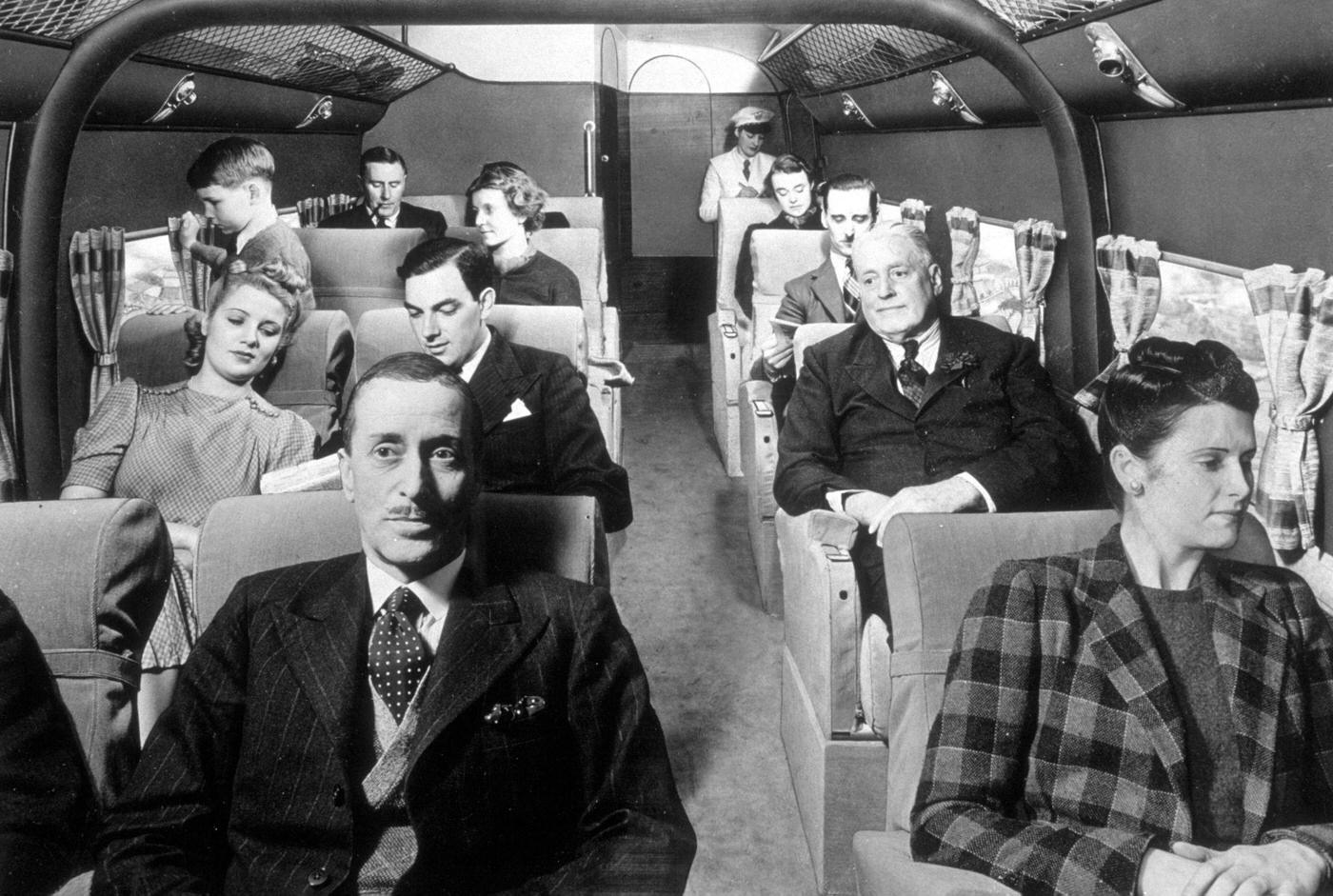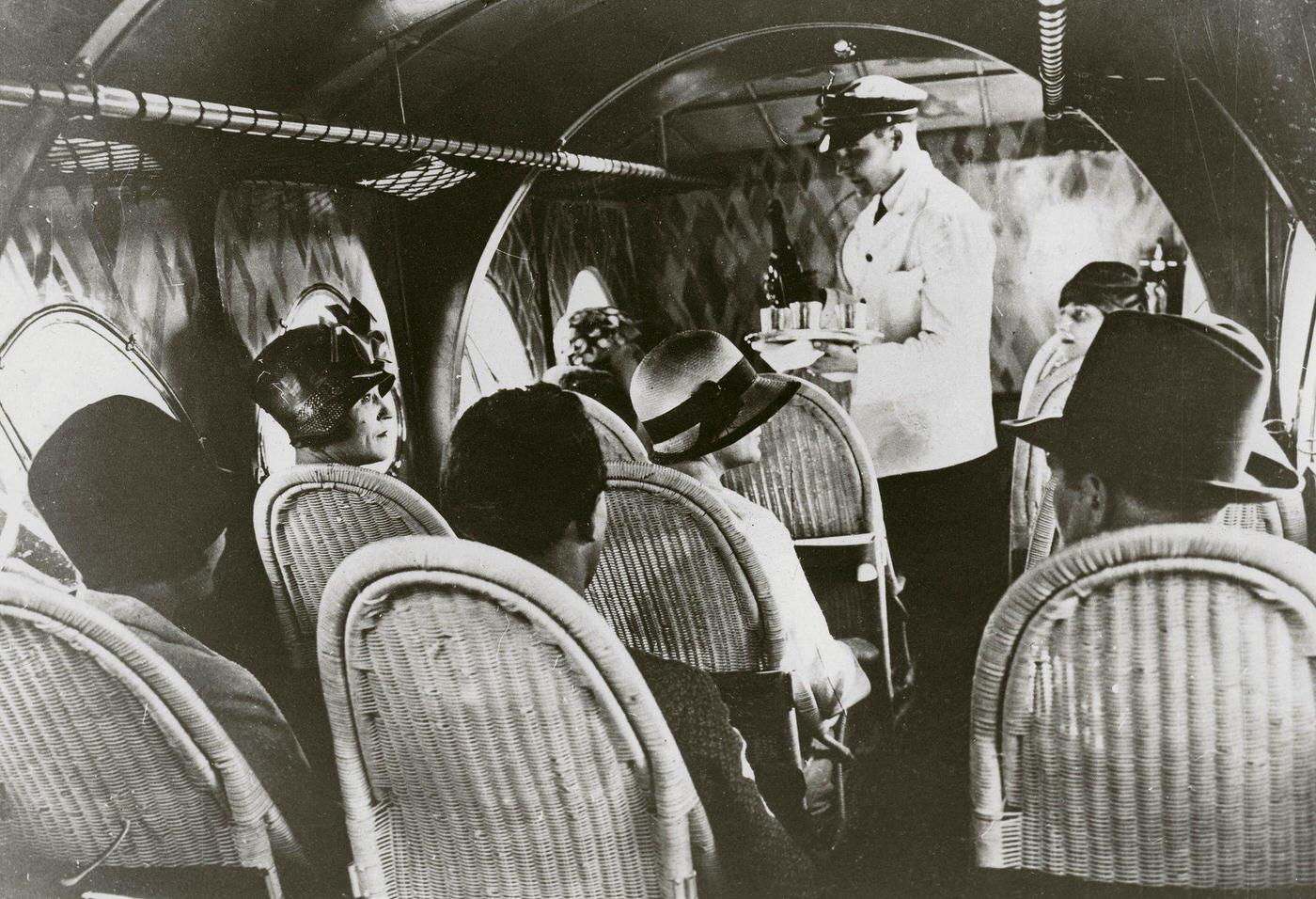Air travel in the 1930s was quite different from what it is today. At that time, commercial air travel was in its infancy and was primarily used by wealthy individuals and business travelers. The experiences, services, flight crews, and passengers were different from what we see today.
The aircraft of the 1930s were much smaller and less advanced than those of today. They were typically propeller-driven and had a limited range. The cabins were cramped and not as comfortable as modern airliners. There were no in-flight entertainment or food service, and the flight attendants, if any, were primarily there to assist with baggage.
Passengers on flights in the 1930s were mainly wealthy individuals, businessmen, and some celebrities. Traveling by air was considered a luxury and was more expensive than traveling by train or ship. Due to the limited number of flights and destinations, air travel was not yet a standard means of transportation for the general population.
The flight crews were also quite different from what we see today. Pilots were often veterans of World War I or barnstormers, and there were no formal training programs or certifications for pilots at that time. The flight crews were also much smaller, with only a pilot, sometimes a co-pilot, and a mechanic.
Despite the limitations of air travel in the 1930s, it was an exciting time for the industry as commercial air travel was still in its infancy, and many advances were being made. The first transcontinental flights were made, and the first airmail and air freight services were established.


